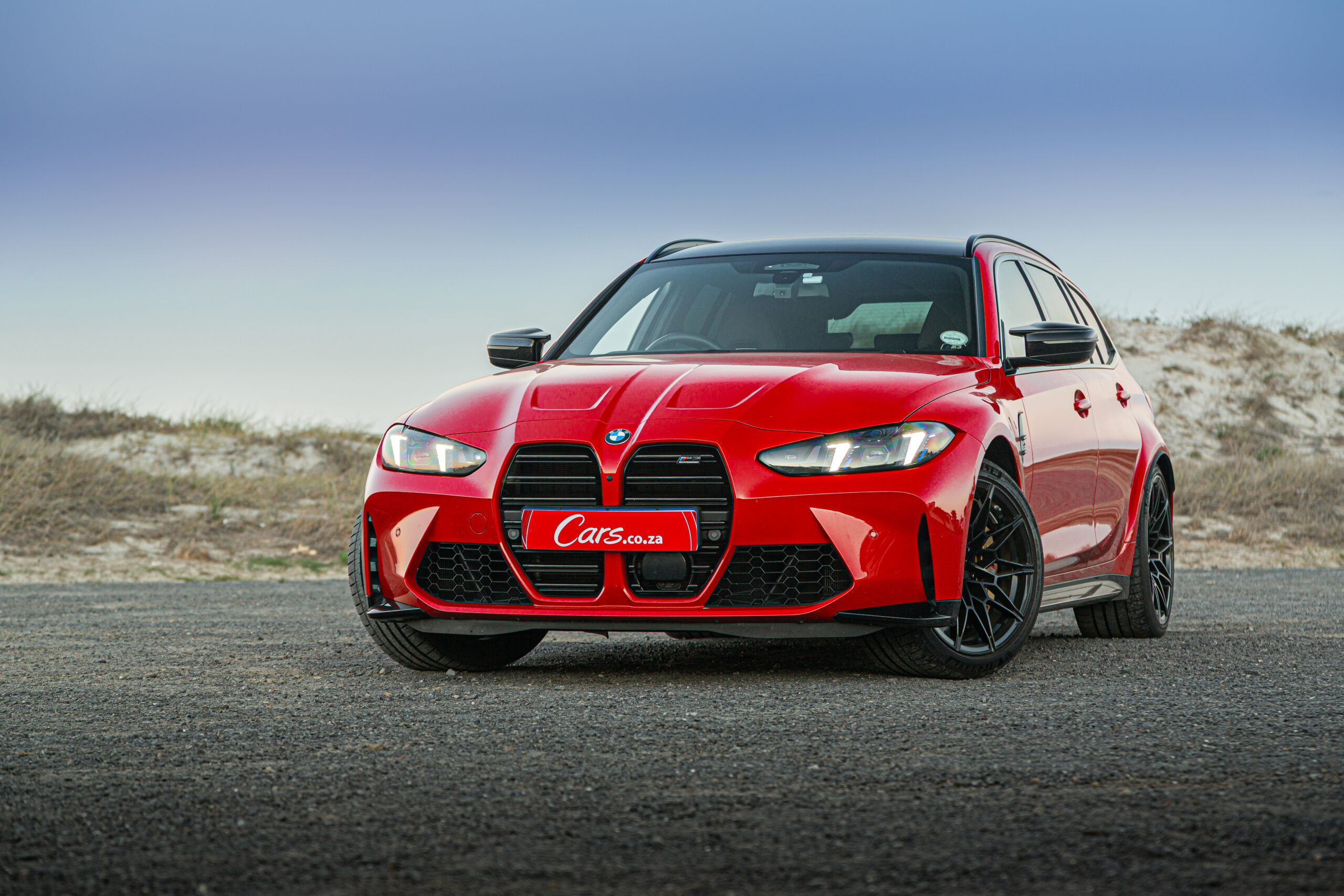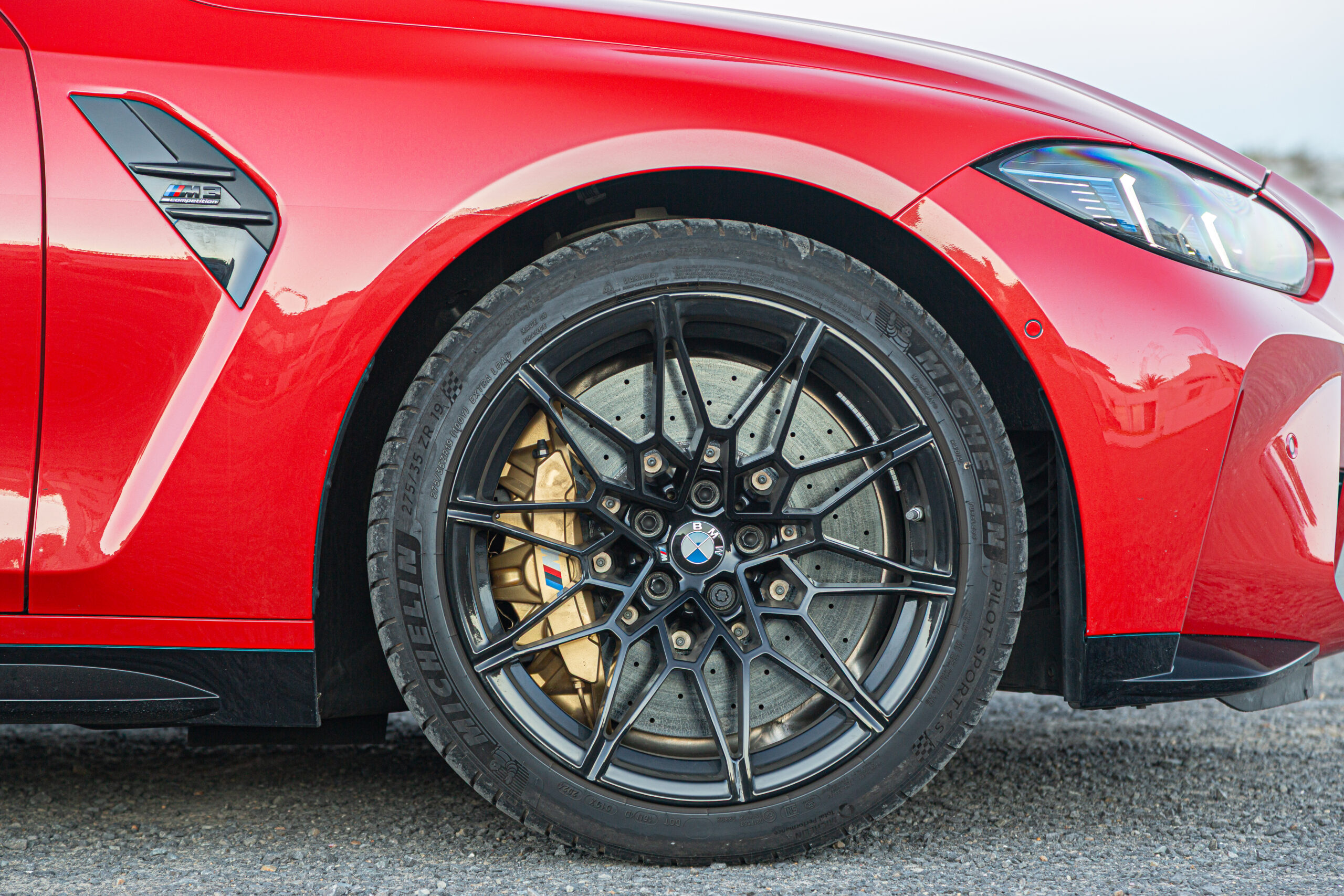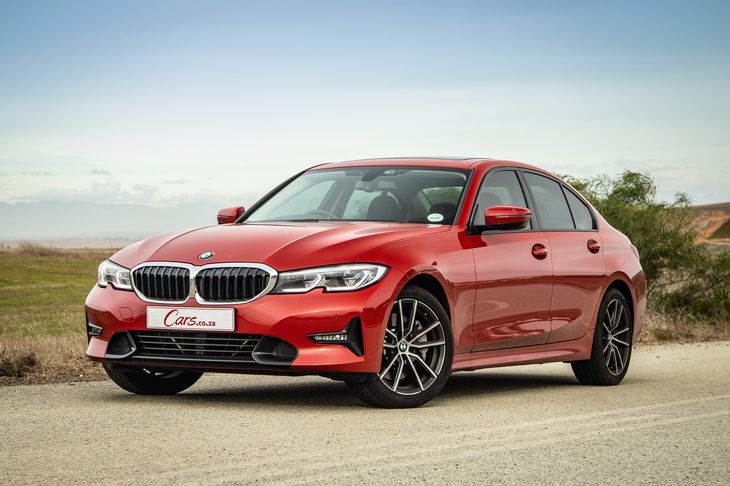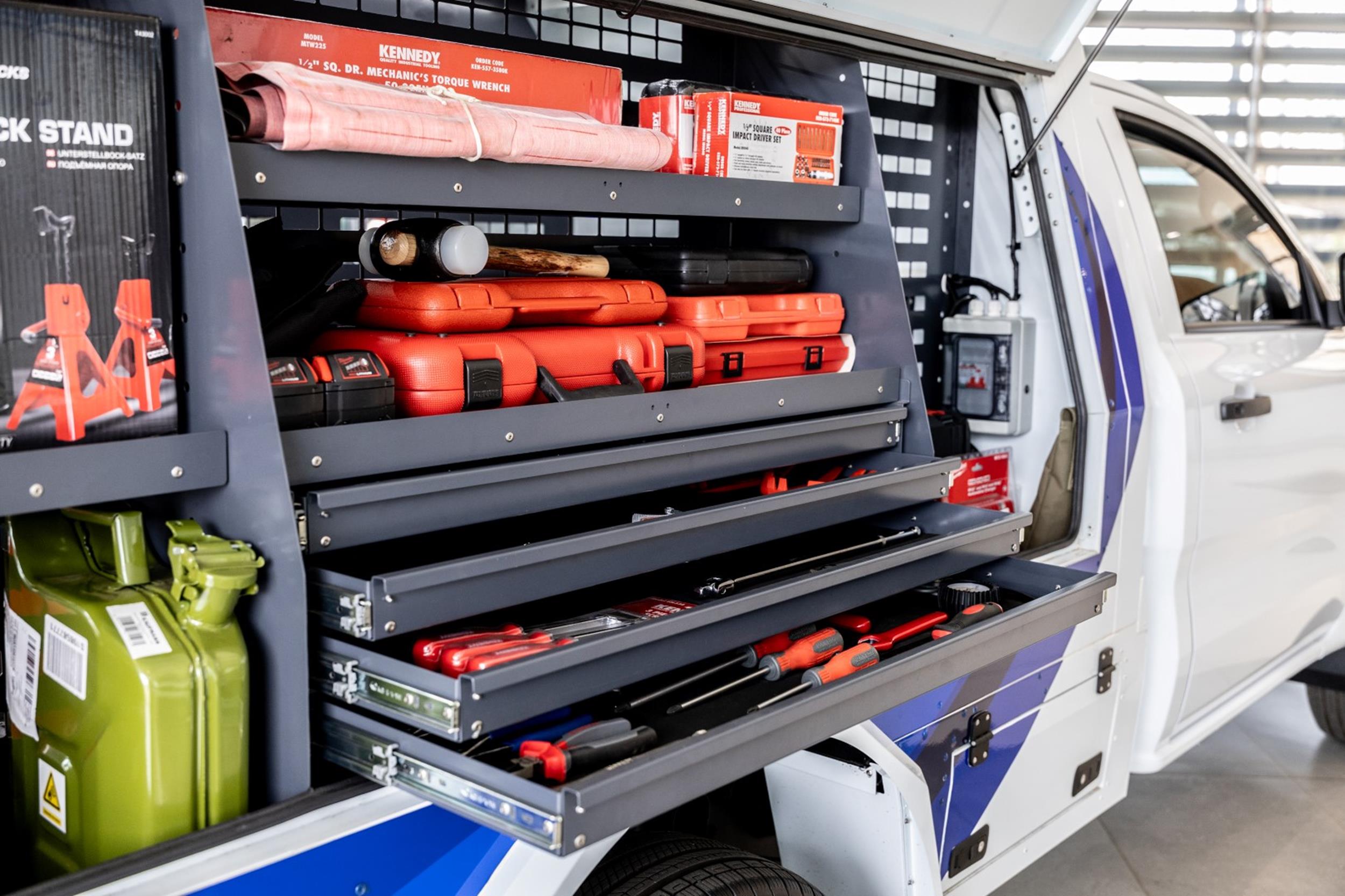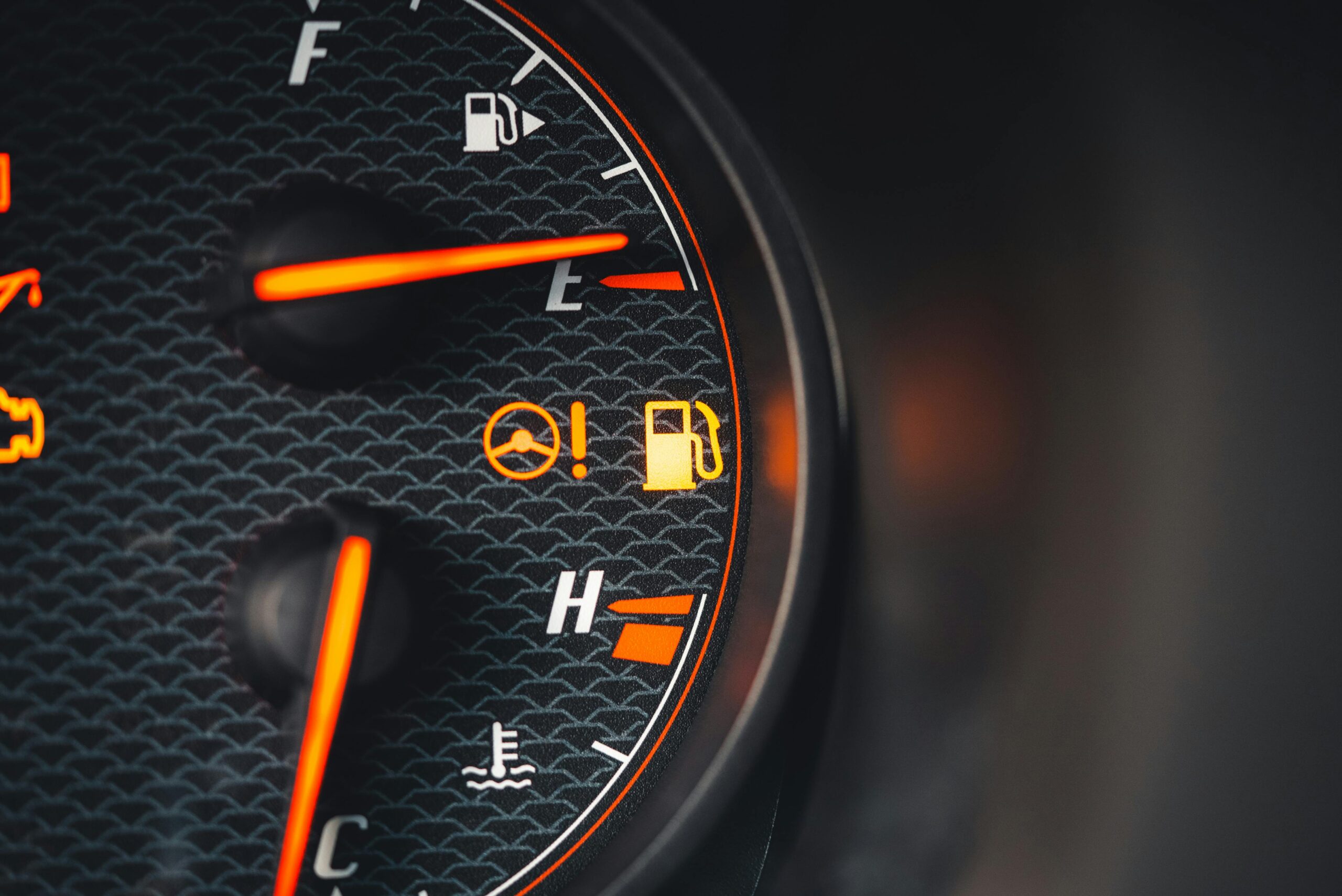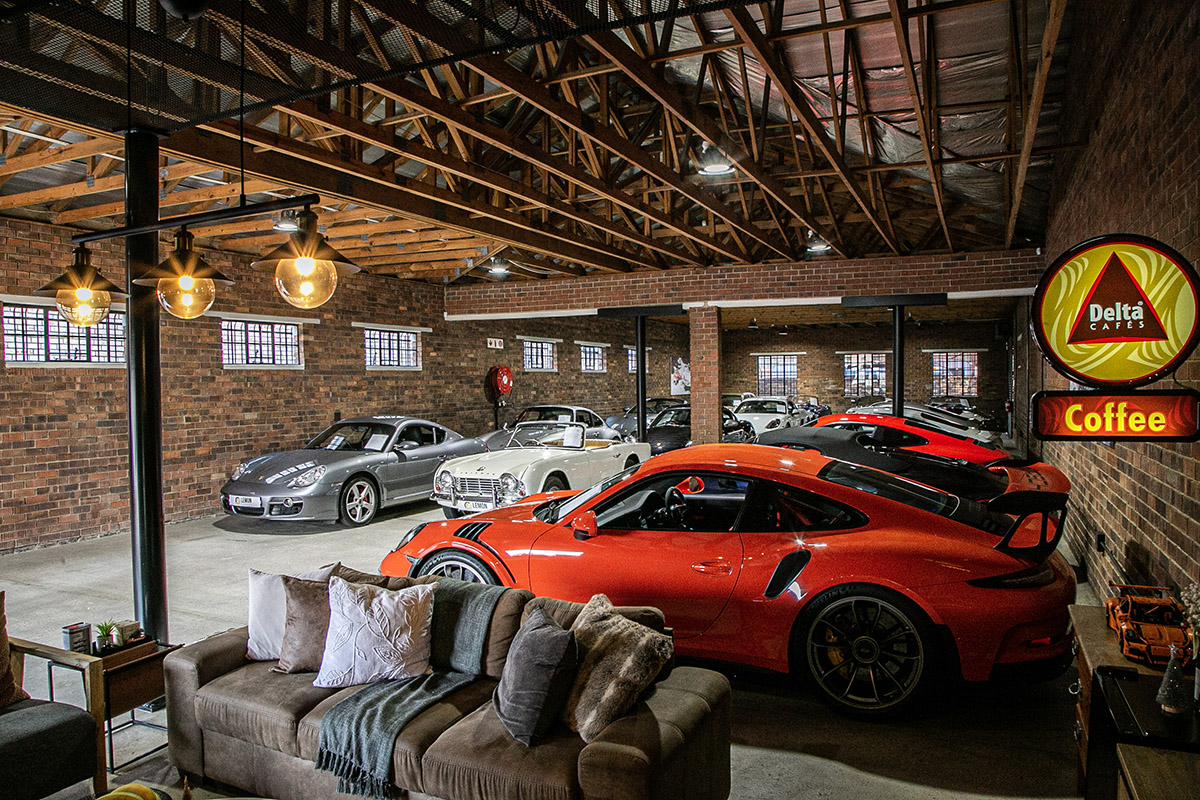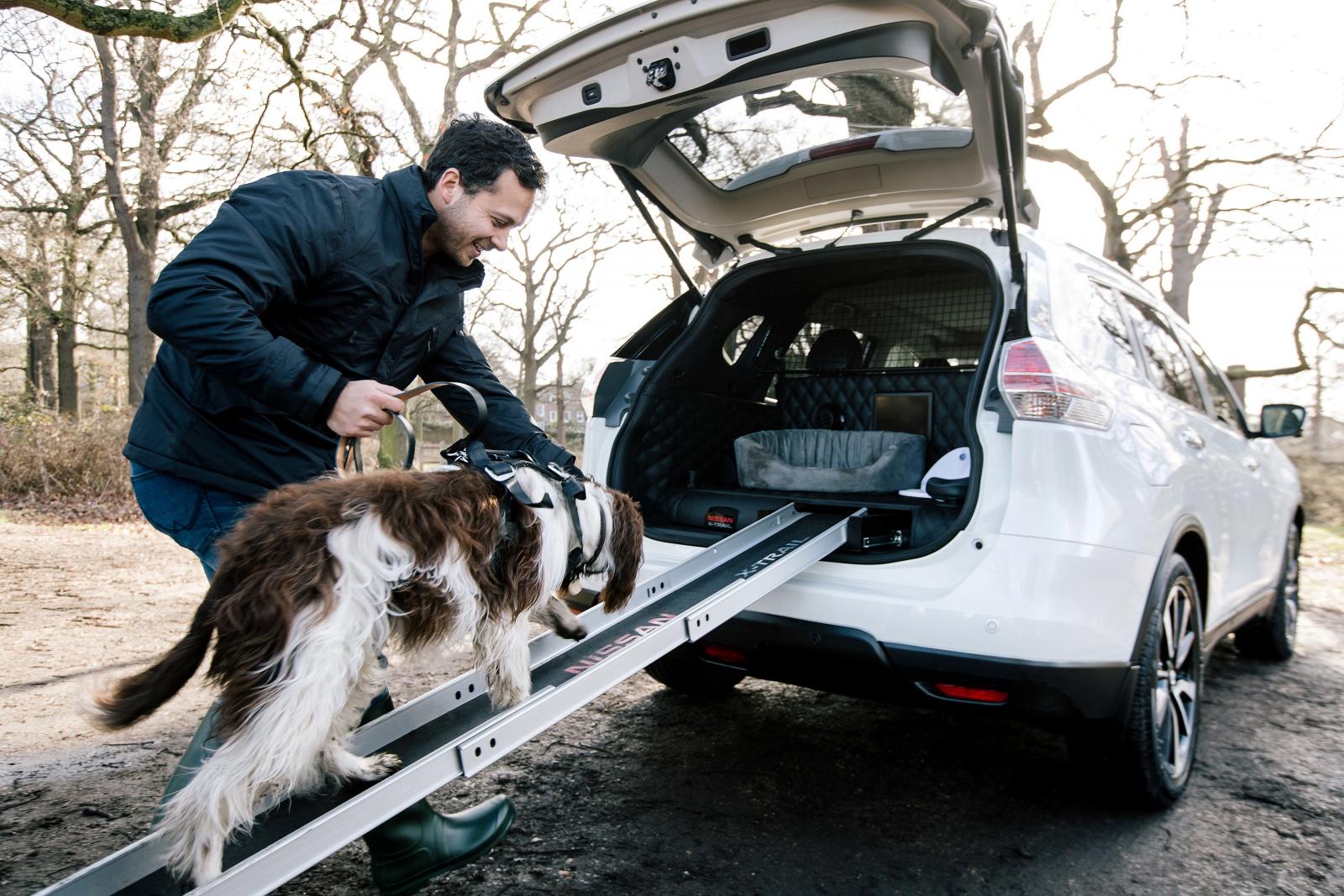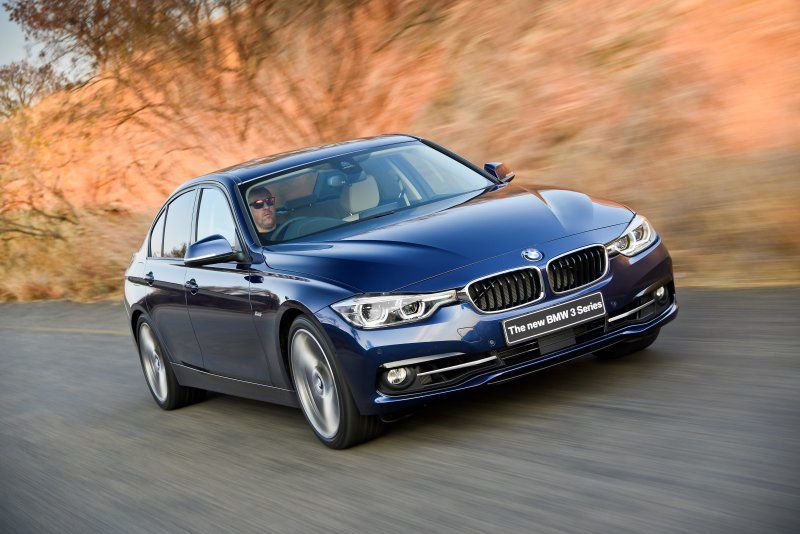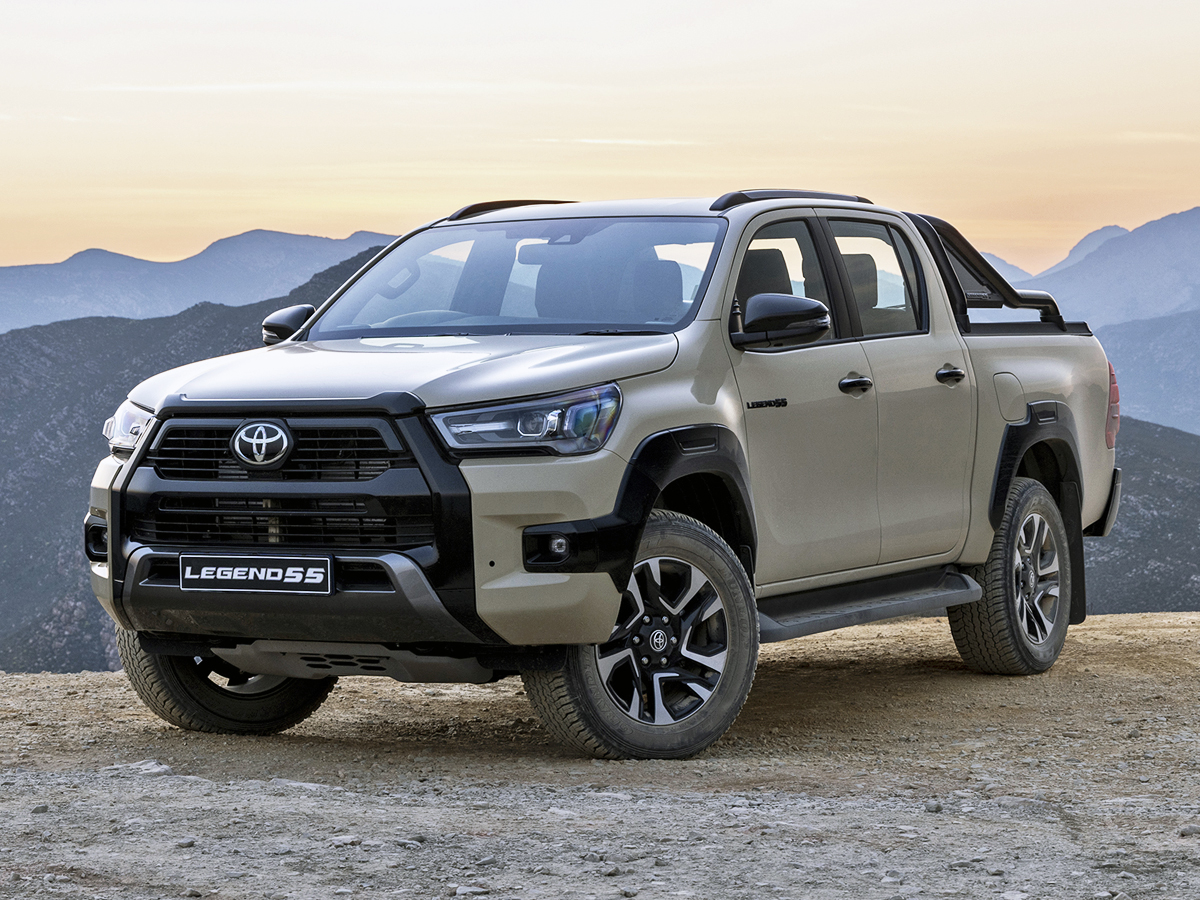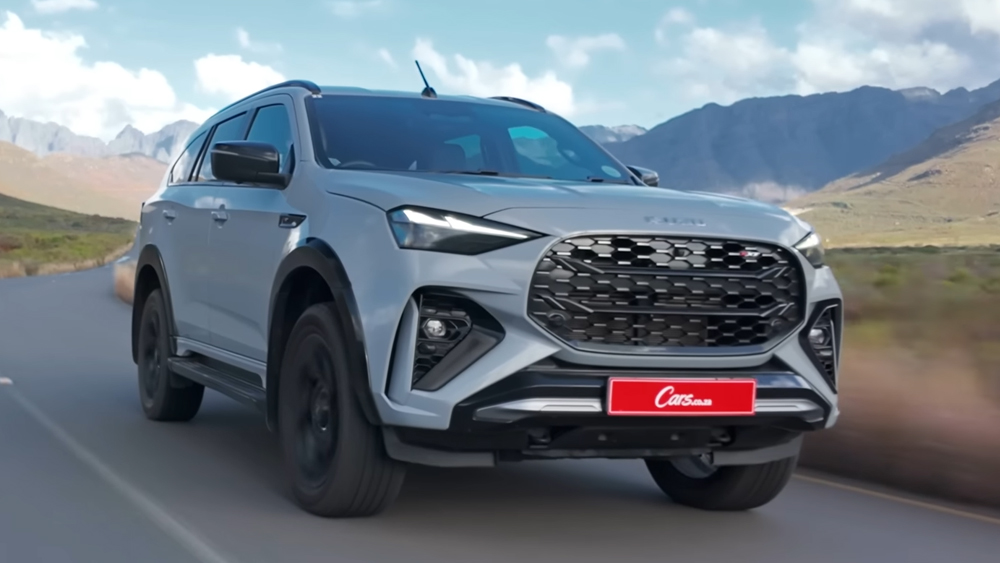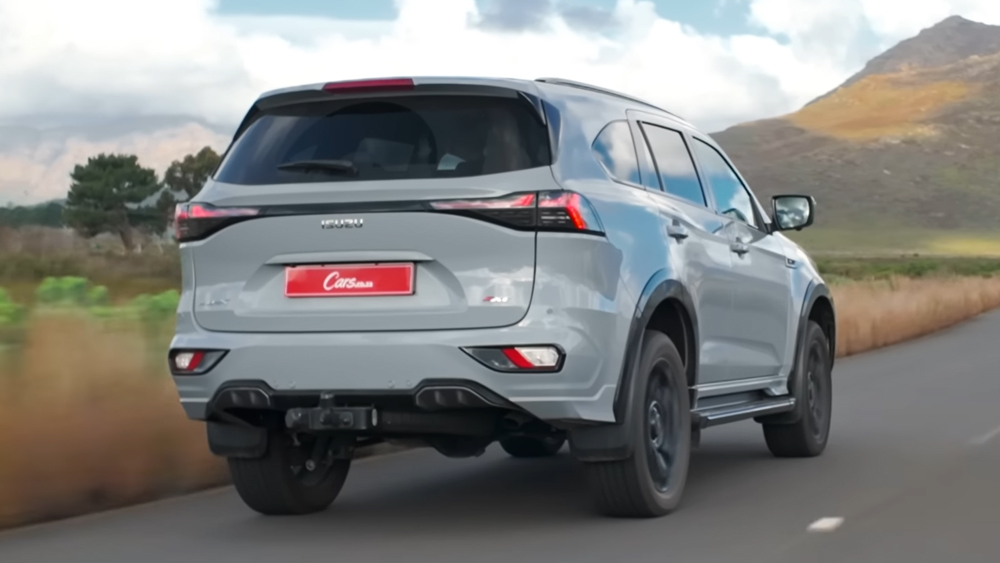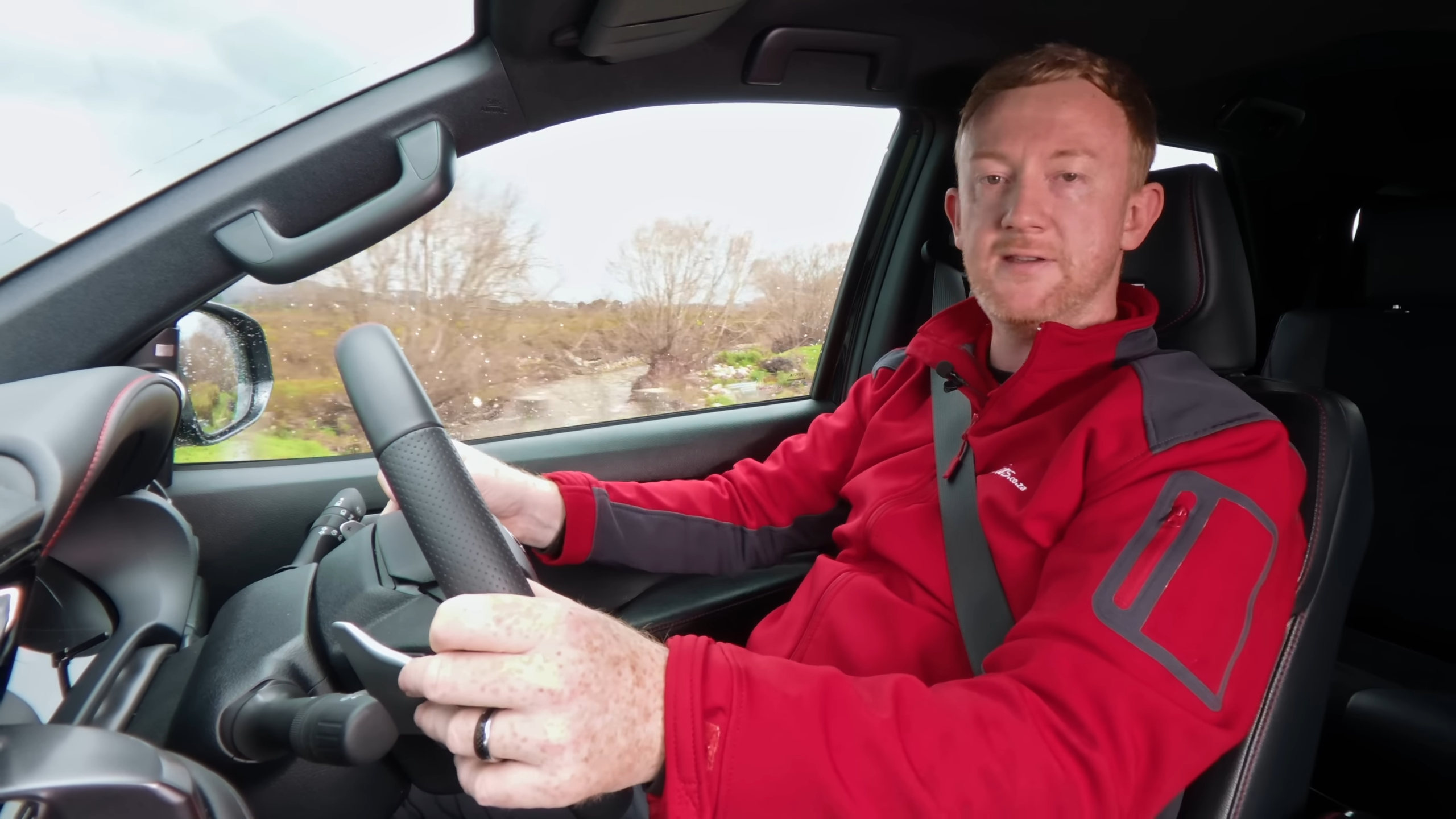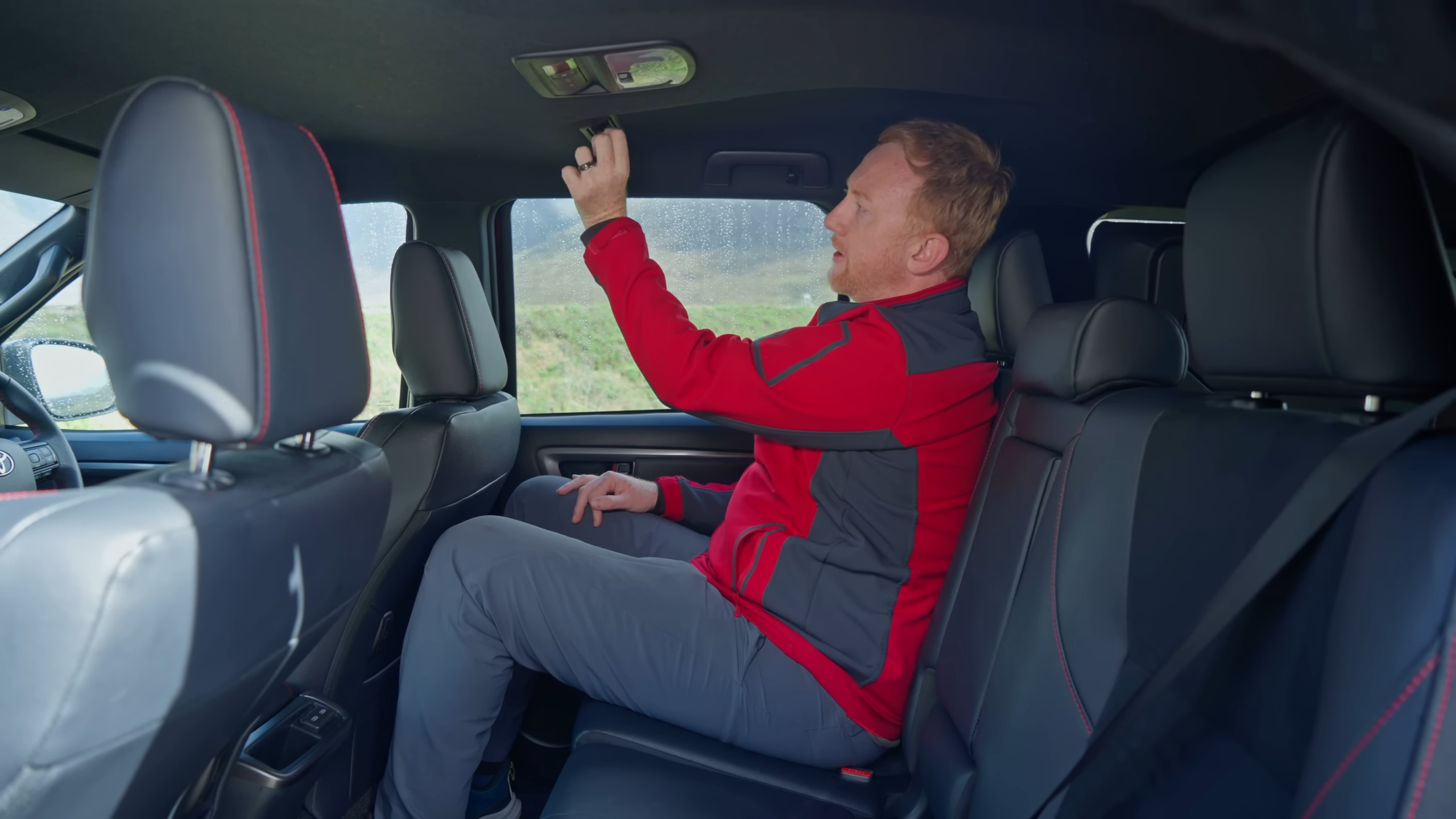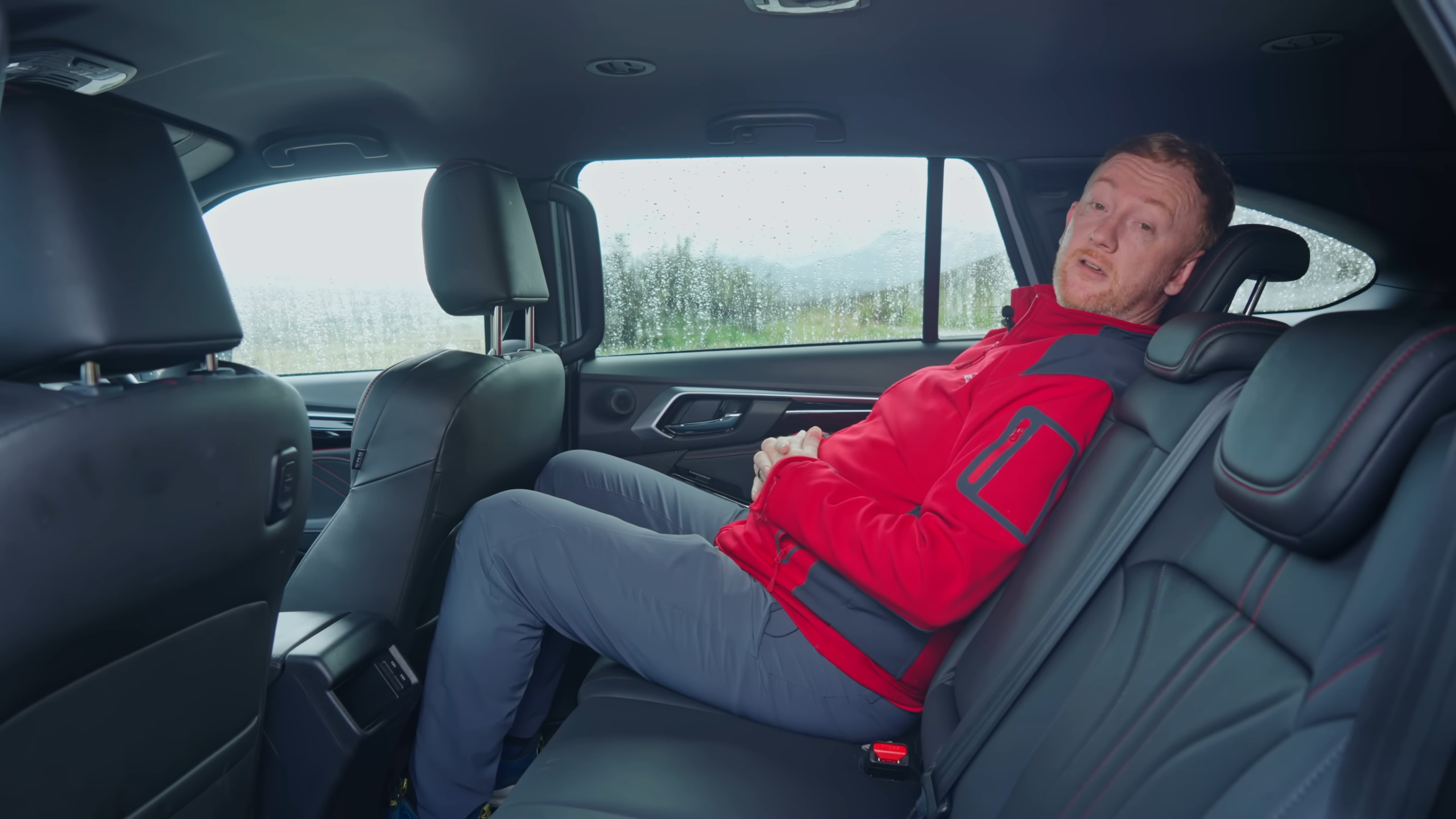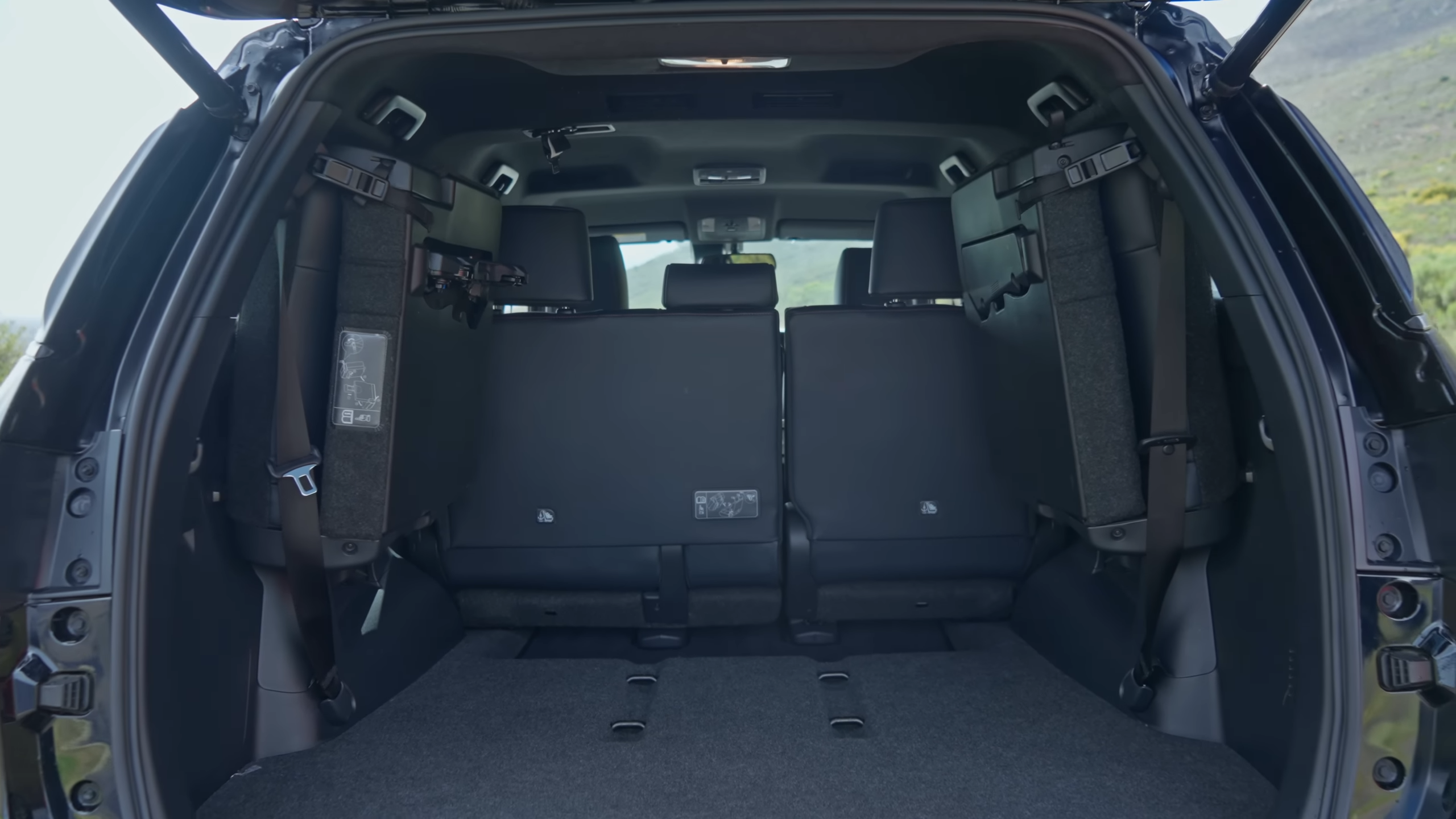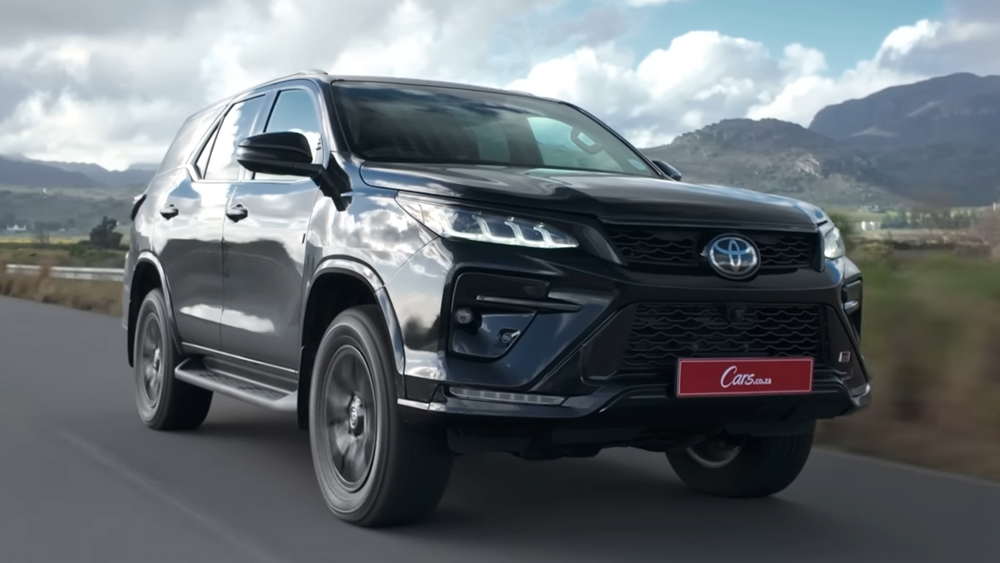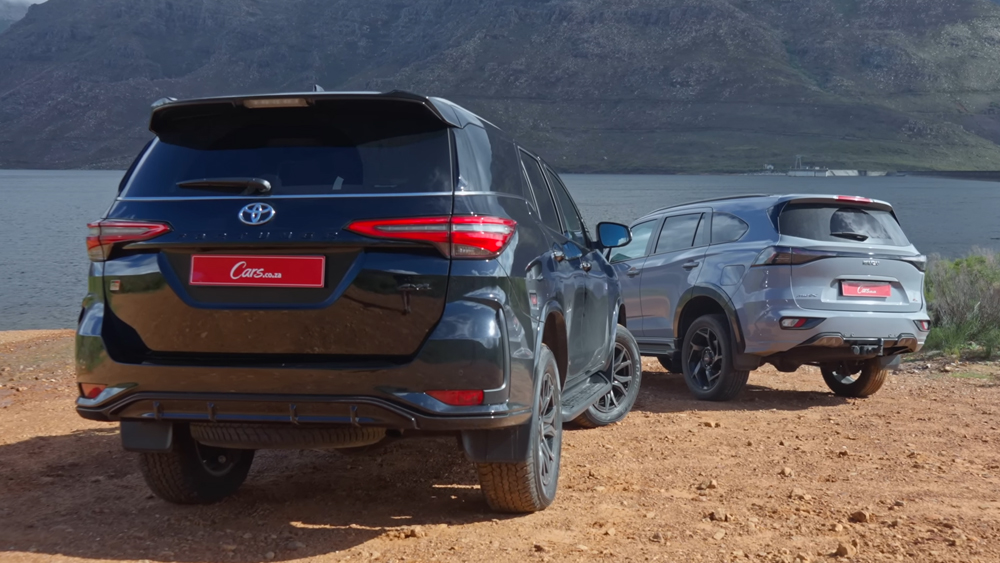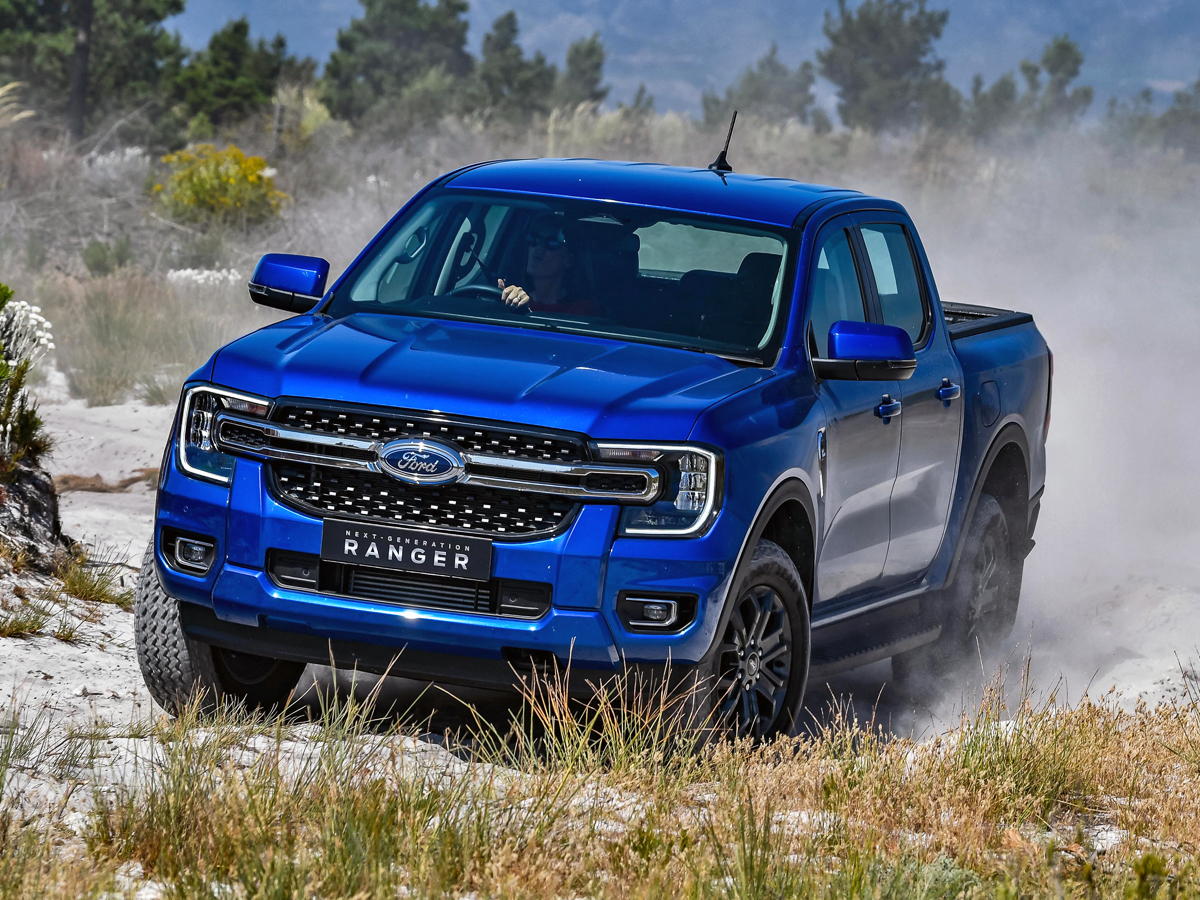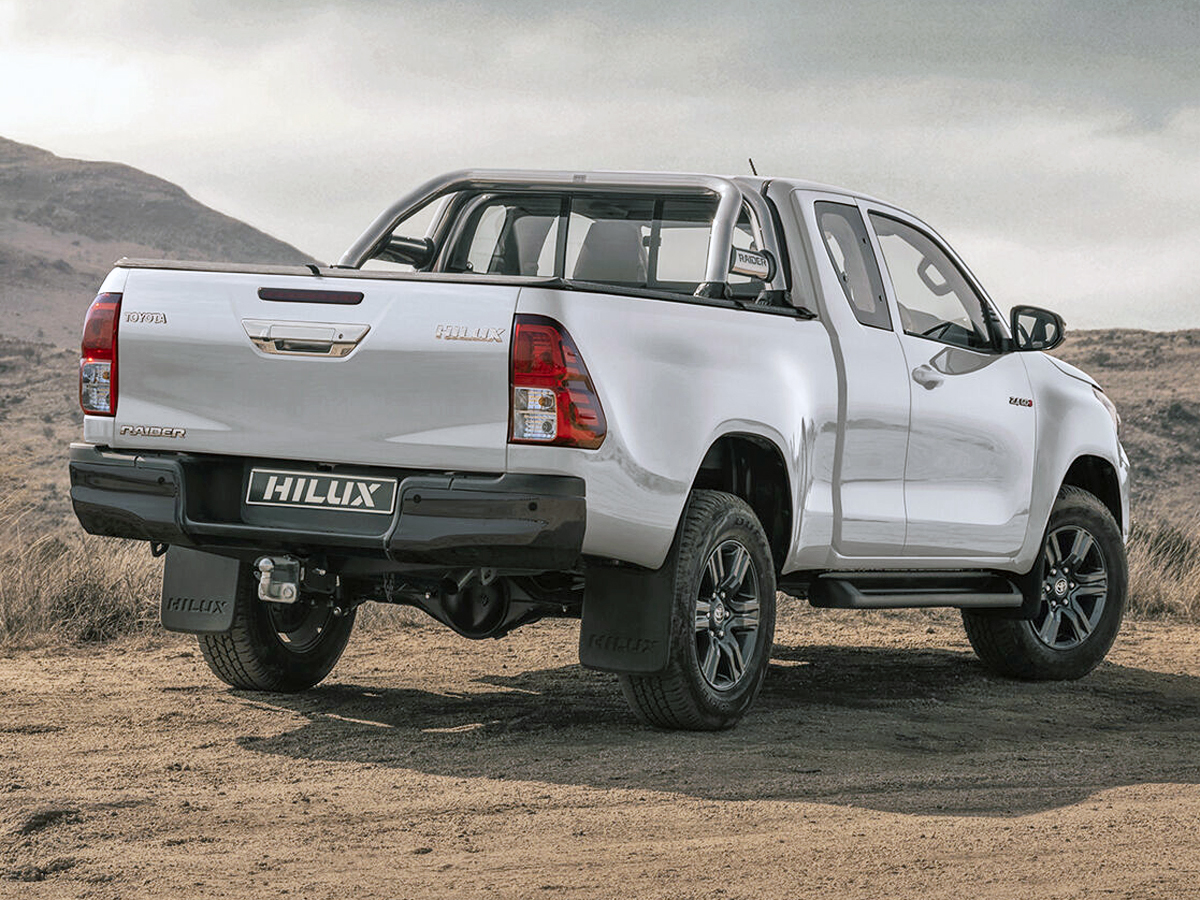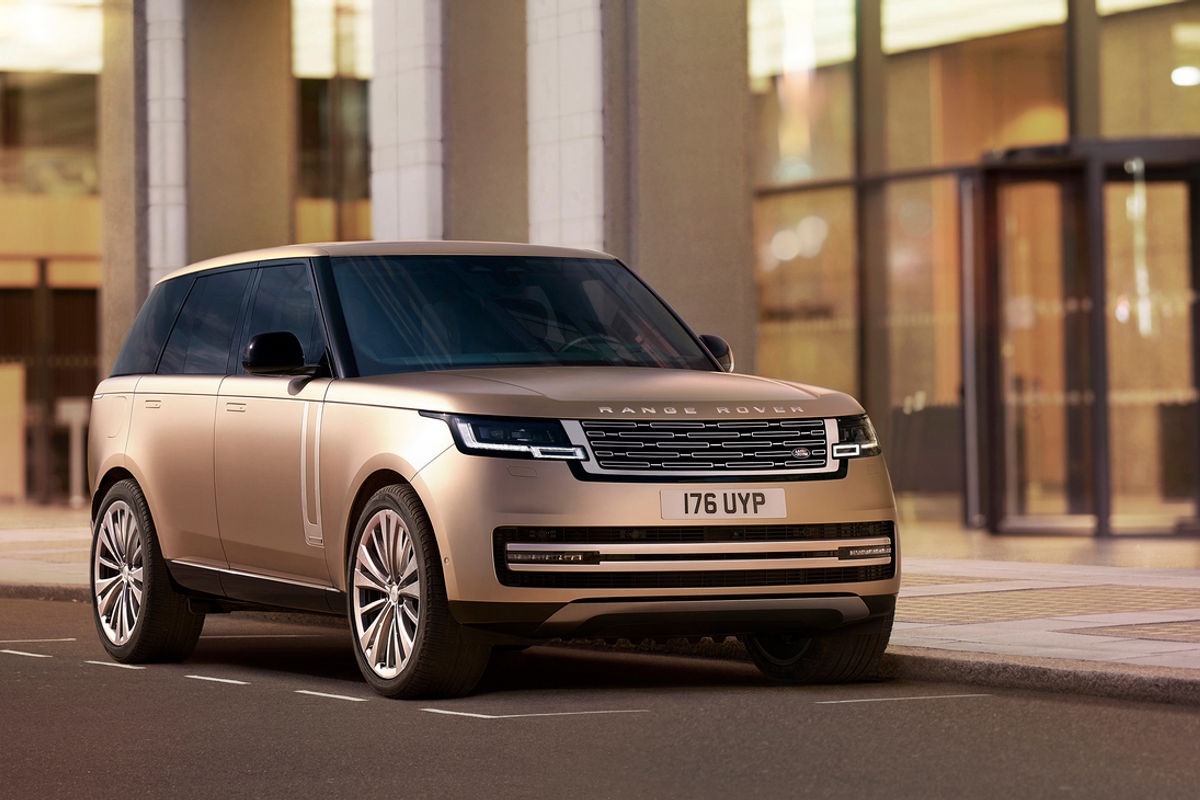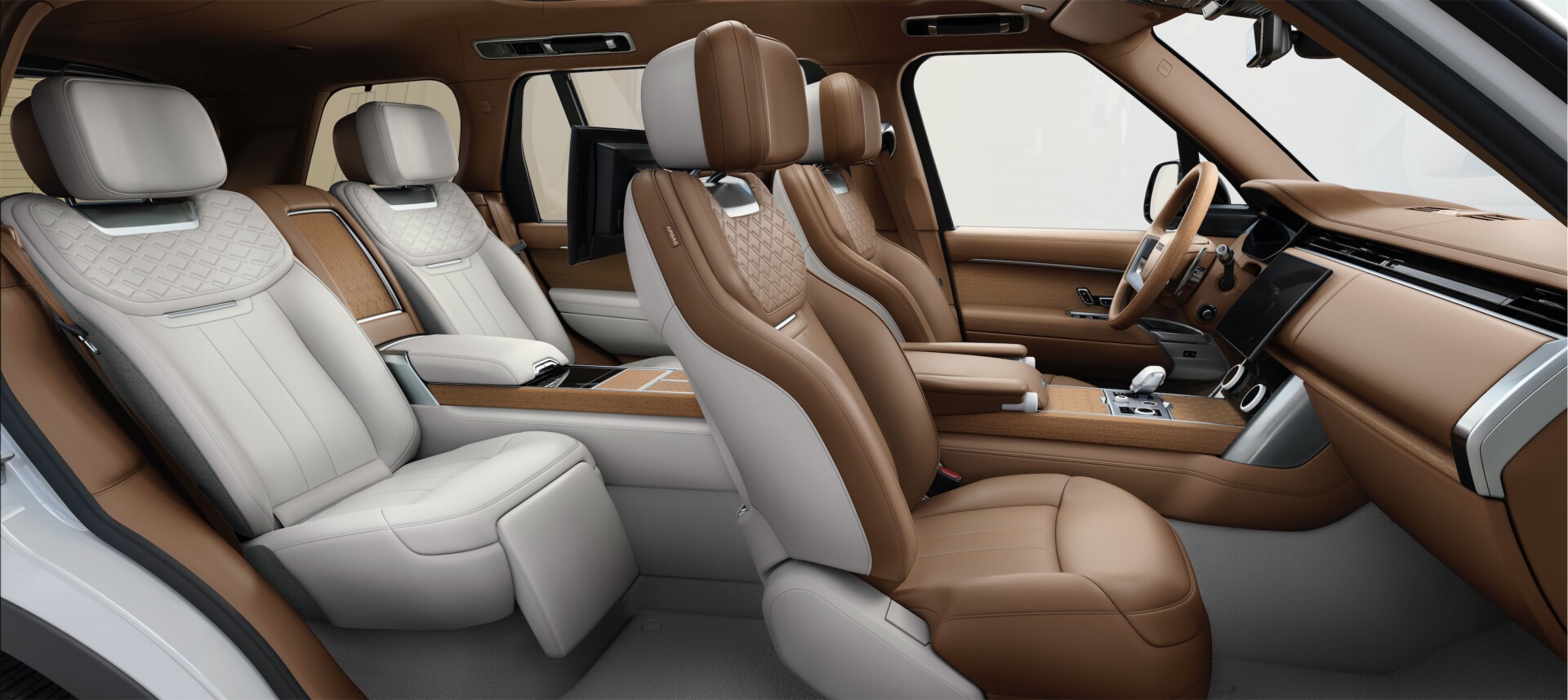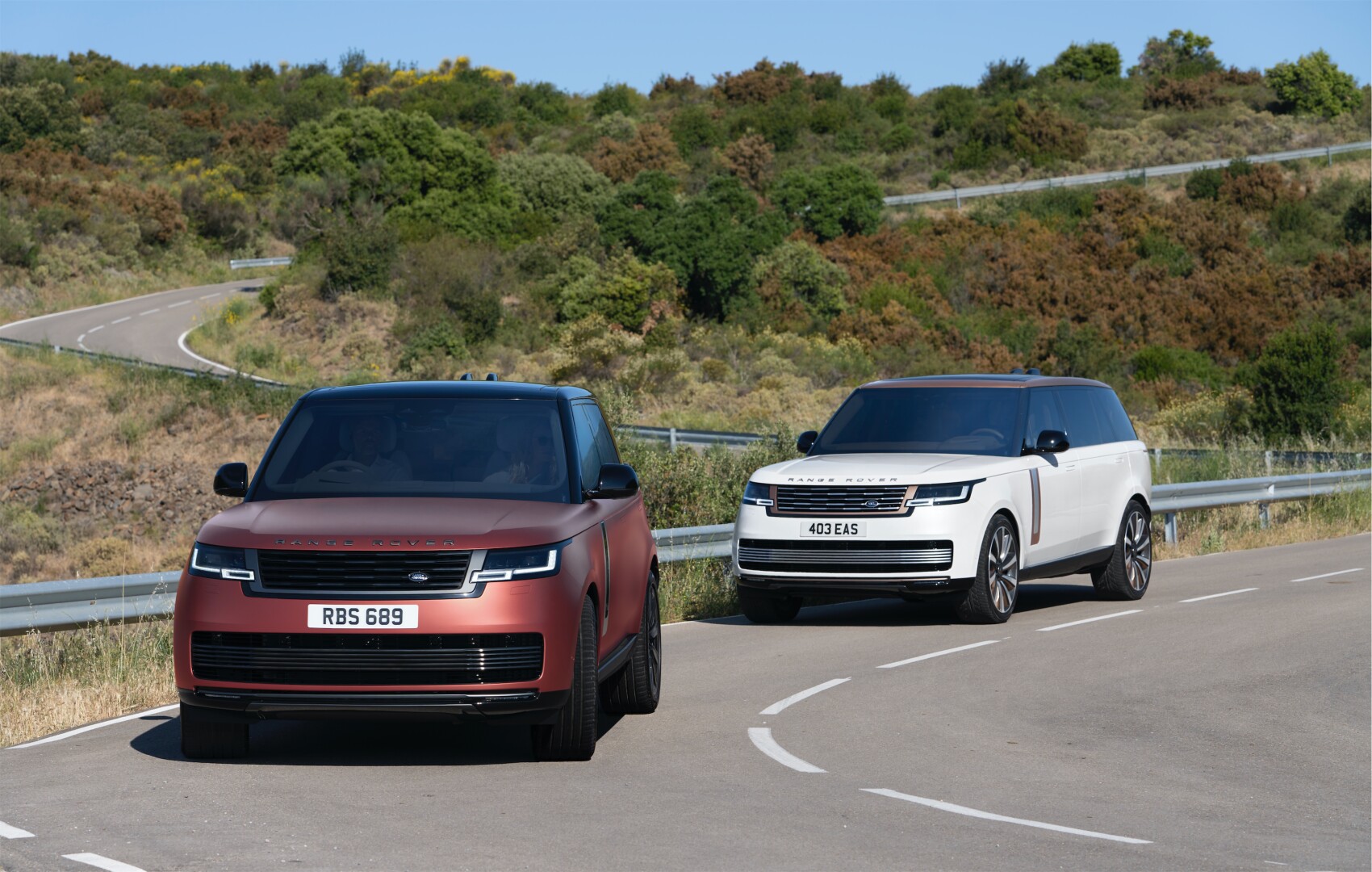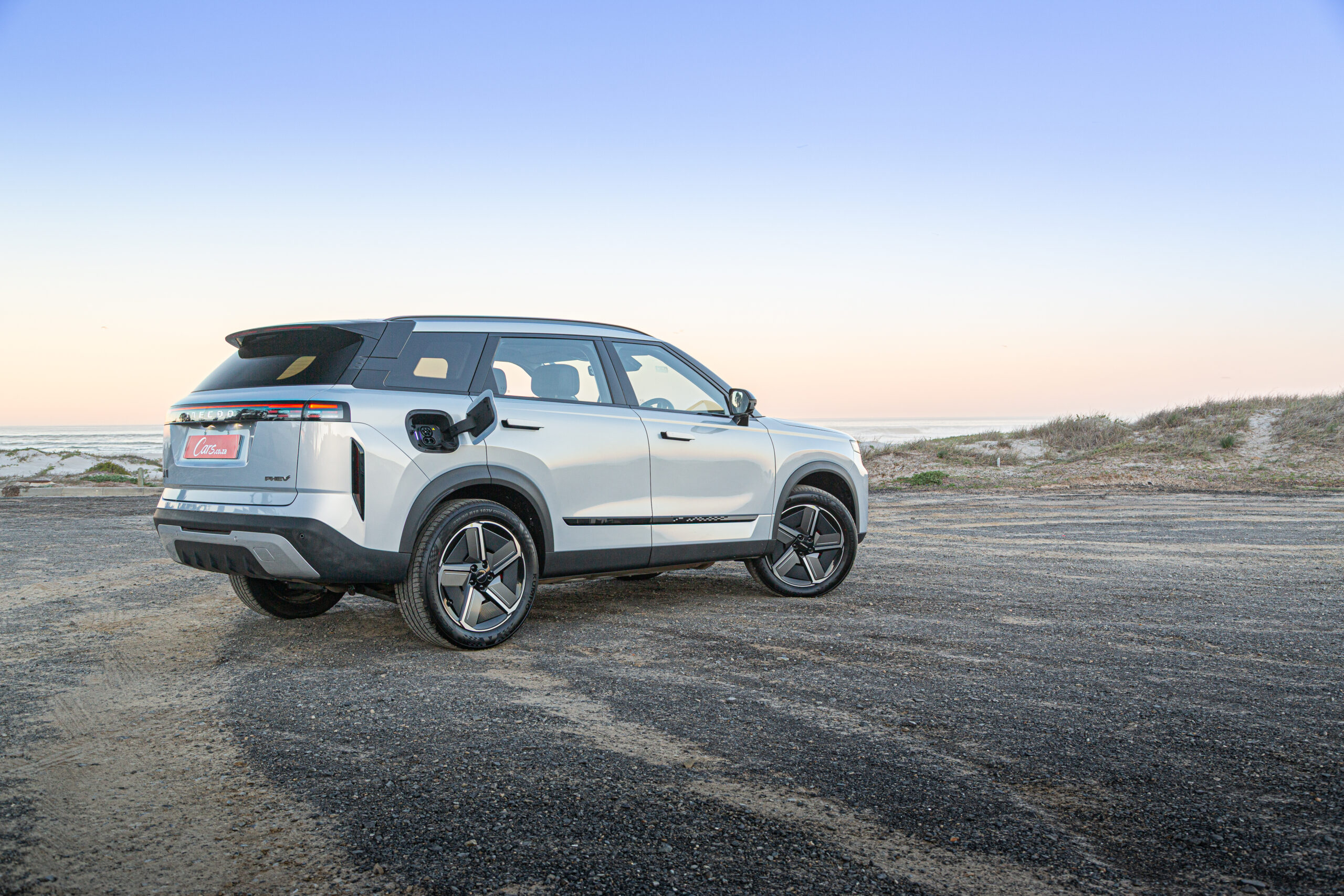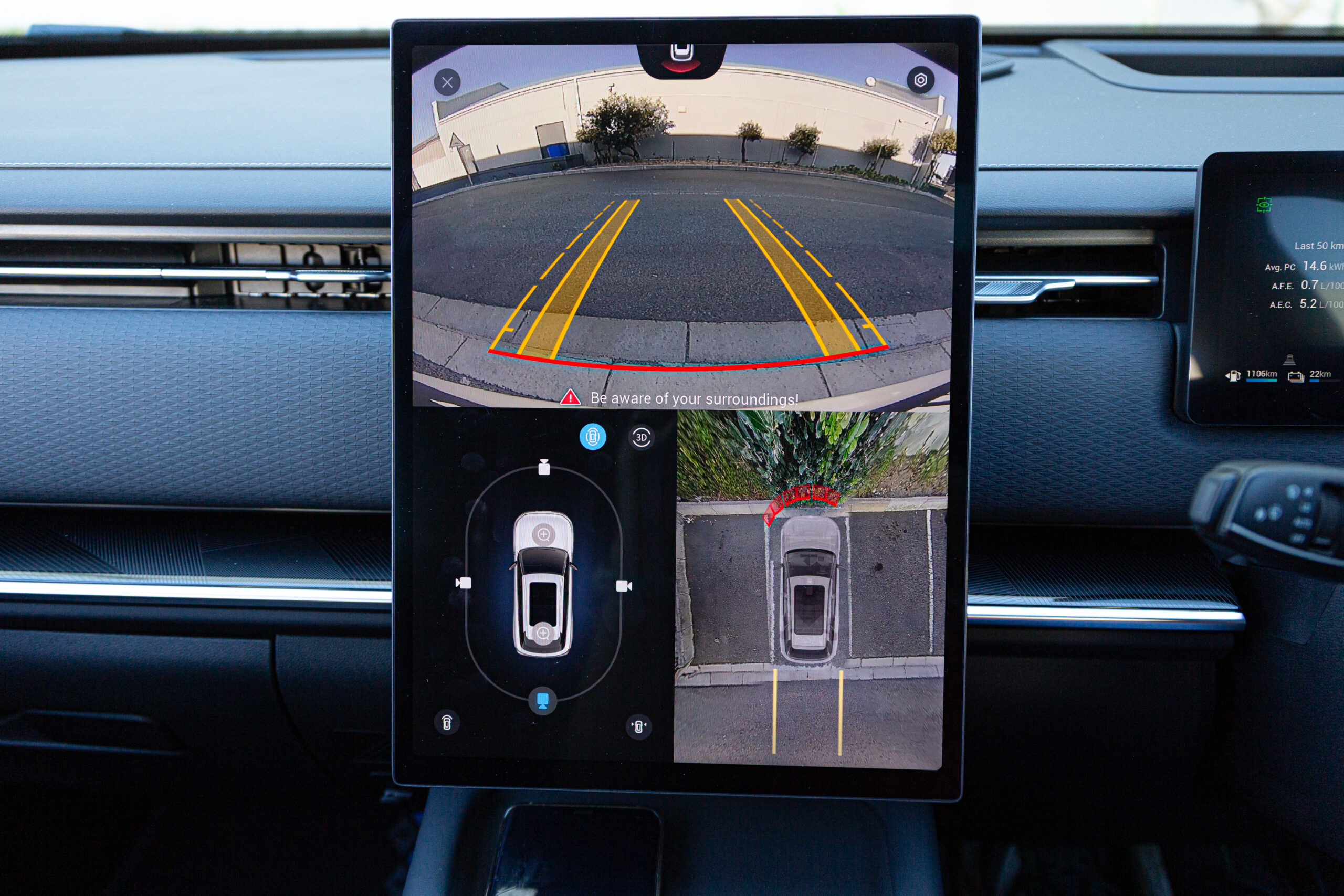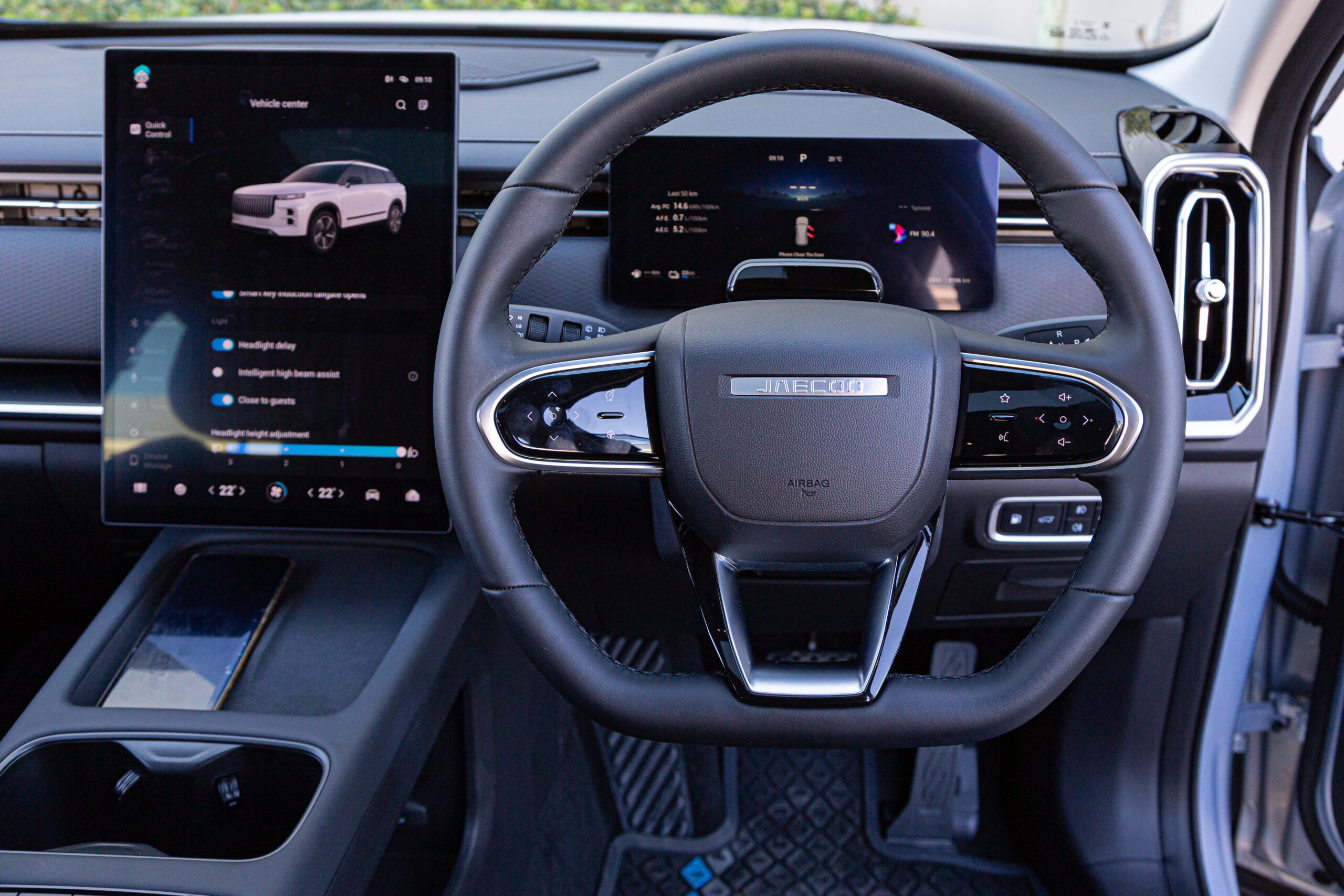Toyota Corolla Quest (2020-2025) Buyer’s Guide
Looking for a value-for-money used compact sedan with proven underpinnings? Here’s what you should know when shopping for a 2nd-gen Toyota Corolla Quest…
It’s a recipe Toyota South Africa Motors (TSAM) has perfected: take what would otherwise be a retiring locally built vehicle, treat it to a mild makeover and price it aggressively. This “prolonged lifecycle” strategy worked with the Conquest-based Tazz – and 2 successive generations of the Corolla Quest!
Central to such an approach is the fact that by the time the initial model’s lifecycle ends, the significant sum already invested has often long since been amortised. That means design, engineering and tooling costs for the legacy vehicle are all largely covered, allowing the automaker to price it affordably.
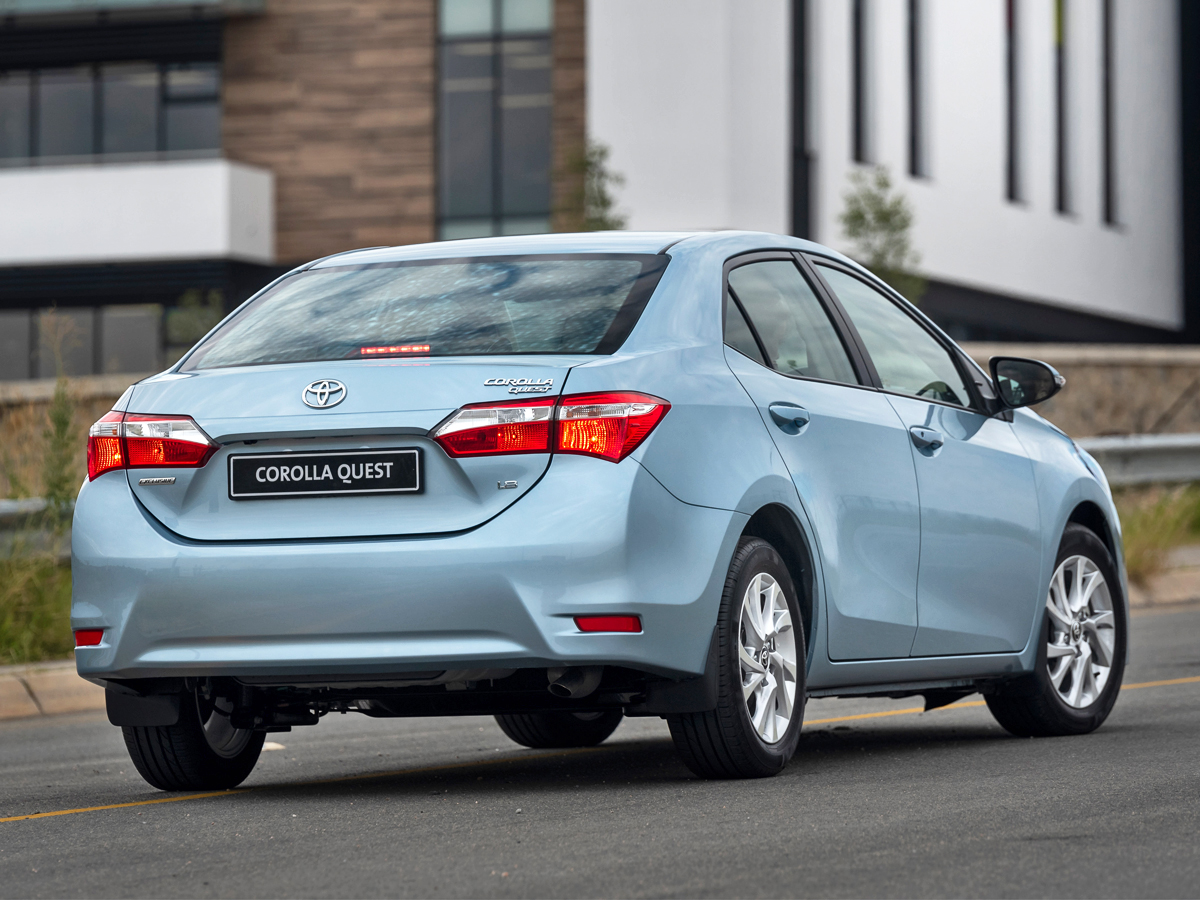
So, since the original Corolla Quest was a runaway success (with both private and fleet buyers), it was no surprise the Japanese automotive giant’s local division cooked up a 2nd generation of the model. While the 1st iteration was based on the 10th-gen Corolla sedan, the topic of this Buyer’s Guide was derived from the 11th-gen model.
See also: Toyota Corolla Quest (2014-2020) Buyer’s Guide
Production of the 2nd-gen Quest at the Prospecton plant in KwaZulu-Natal (KZN) commenced early in 2020. In the opening quarter of 2025, however, TSAM confirmed to Cars.co.za that the Corolla Quest had come to “the end of its production cycle” late in 2024.

As a reminder, this re-invented model was sold alongside the 12th-gen Corolla sedan. Since the latter was imported from Japan rather than built locally, TSAM seemingly won’t have the opportunity to eventually repurpose it as a locally built 3rd-gen Quest.
Despite the general decline of the sedan segment during its production run, the Corolla Quest remained eminently popular in Mzansi. In fact, based on figures reported to Naamsa, it was the local market’s best-selling sedan in 2020 (7 365 units), 2021 (7 860 units), 2022 (4 688 units) and 2023 (5 832 units), before finishing just behind the Volkswagen Polo Sedan in 2024 (3 764 units).
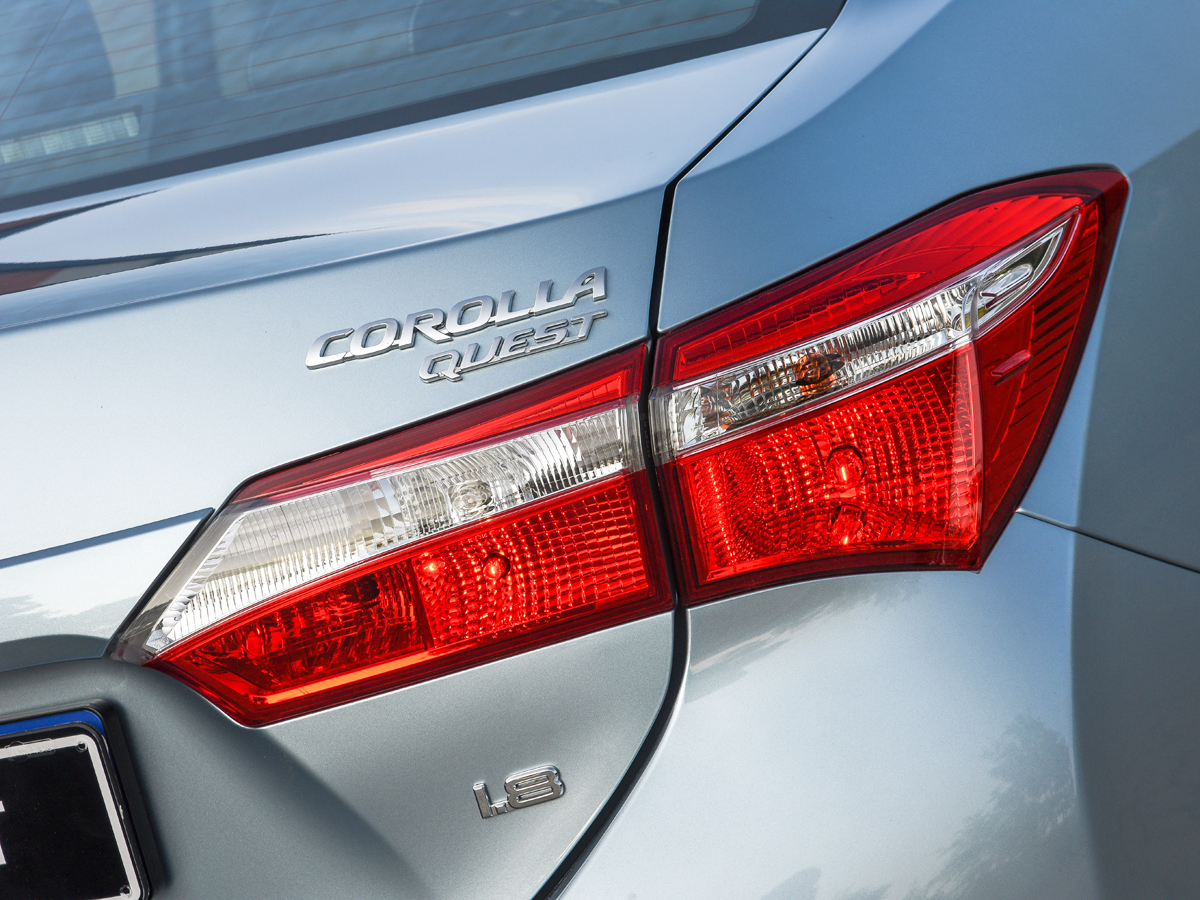
Add the few hundred examples registered in 2025 and we’d venture that the 2nd-generation Quest comfortably breached the 30 000-unit barrier over its almost-5-year production span.
Though that’s not quite as lofty a figure as the 63 966 sales achieved by the original Quest, it’s nevertheless a mighty impressive number.
Toyota Corolla Quest model line-up in South Africa
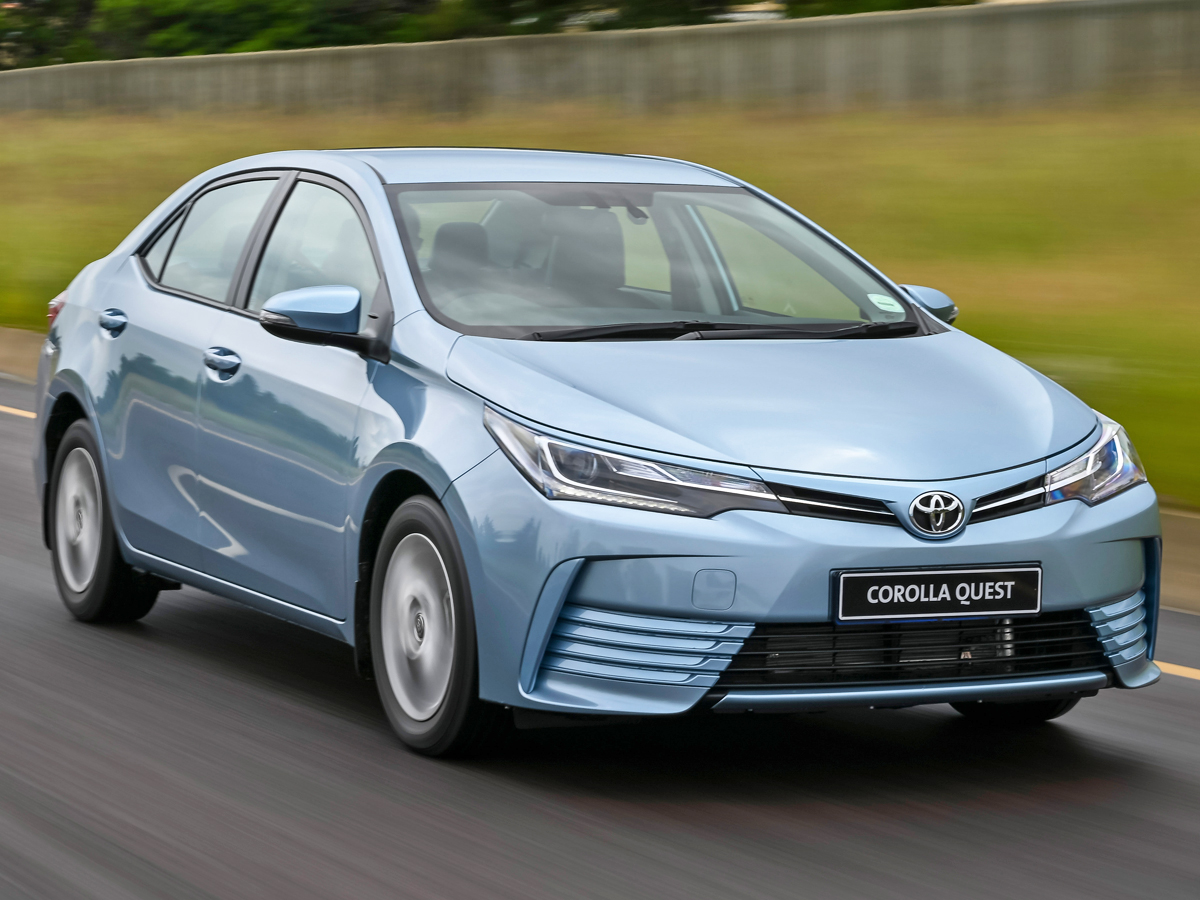
The 2nd-gen Toyota Corolla Quest was launched to the media in January 2020, though it reached dealerships only in March of that year. The portfolio comprised 6 derivatives, all powered by a naturally aspirated 1.8-litre, 4-cylinder petrol engine driving the front axle via either a 6-speed manual gearbox or a continuously variable automatic transmission (CVT).
- Corolla Quest 1.8 6MT (103 kW/173 Nm)
- Corolla Quest 1.8 CVT (103 kW/173 Nm)
- Corolla Quest 1.8 Prestige 6MT (103 kW/173 Nm)
- Corolla Quest 1.8 Prestige CVT (103 kW/173 Nm)
- Corolla Quest 1.8 Exclusive 6MT (103 kW/173 Nm)
- Corolla Quest 1.8 Exclusive CVT (103 kW/173 Nm)
In March 2021, a year after the Quest’s launch, TSAM made some slight adjustments to the range, including renaming the previously unbadged entry-level grade to “Plus”.
In addition, the “Smart Entry” package (comprising keyless entry and push-button start) was made standard across the range, while “Oxide Bronze” became the 6th hue in the exterior-paint colour palette.
What are the Toyota Corolla Quest’s strengths?
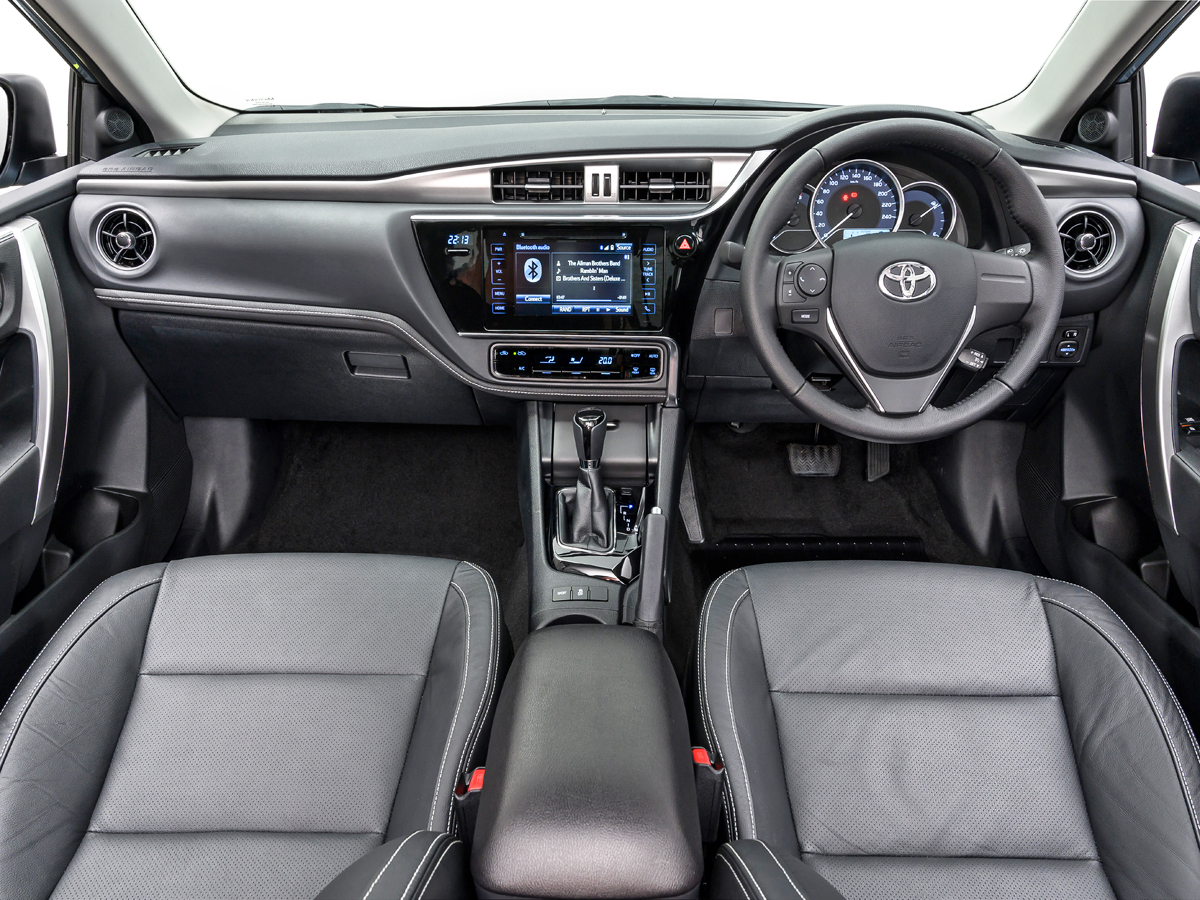
Plenty of standard kit: While you might assume the 2nd-gen Quest was simply a “de-specced” Corolla, that wasn’t quite the case. In fact, this prolonged-lifecycle sedan was rather generously specified as standard, particularly in mid-tier Prestige and flagship Exclusive guise.
For instance, all derivatives shipped from the factory with electric windows, electrically adjustable side mirrors, a multifunctional steering wheel, air conditioning, LED daytime running lights and a Bluetooth-enabled audio system with a minimum of 4 integrated speakers (plus USB).
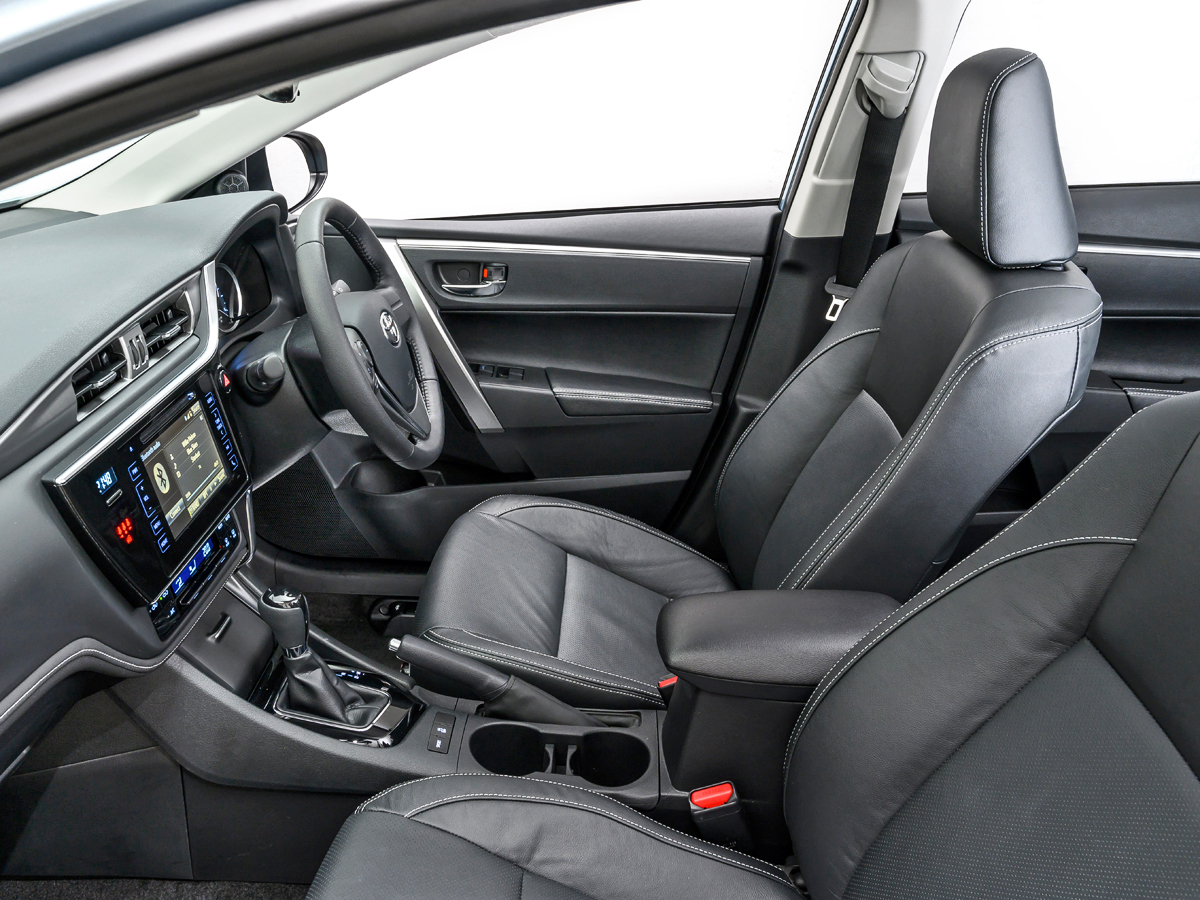
Prestige variants upgraded to 16-inch alloy rims (as opposed to 15-inch steel wheels), mud guards, a 6-speaker touchscreen DVD system, a reverse-view camera, cruise control, fabric-and-leather seat upholstery and leather trim for the steering wheel.
Finally, the Exclusive grade added auto aircon, keyless entry (with push-button start and rolled out across the range from March 2021), a TFT colour instrument cluster, leather upholstery, rear cupholders, an electro-chromatic rearview mirror, rain-sensing wipers and auto-levelling LED headlamps.
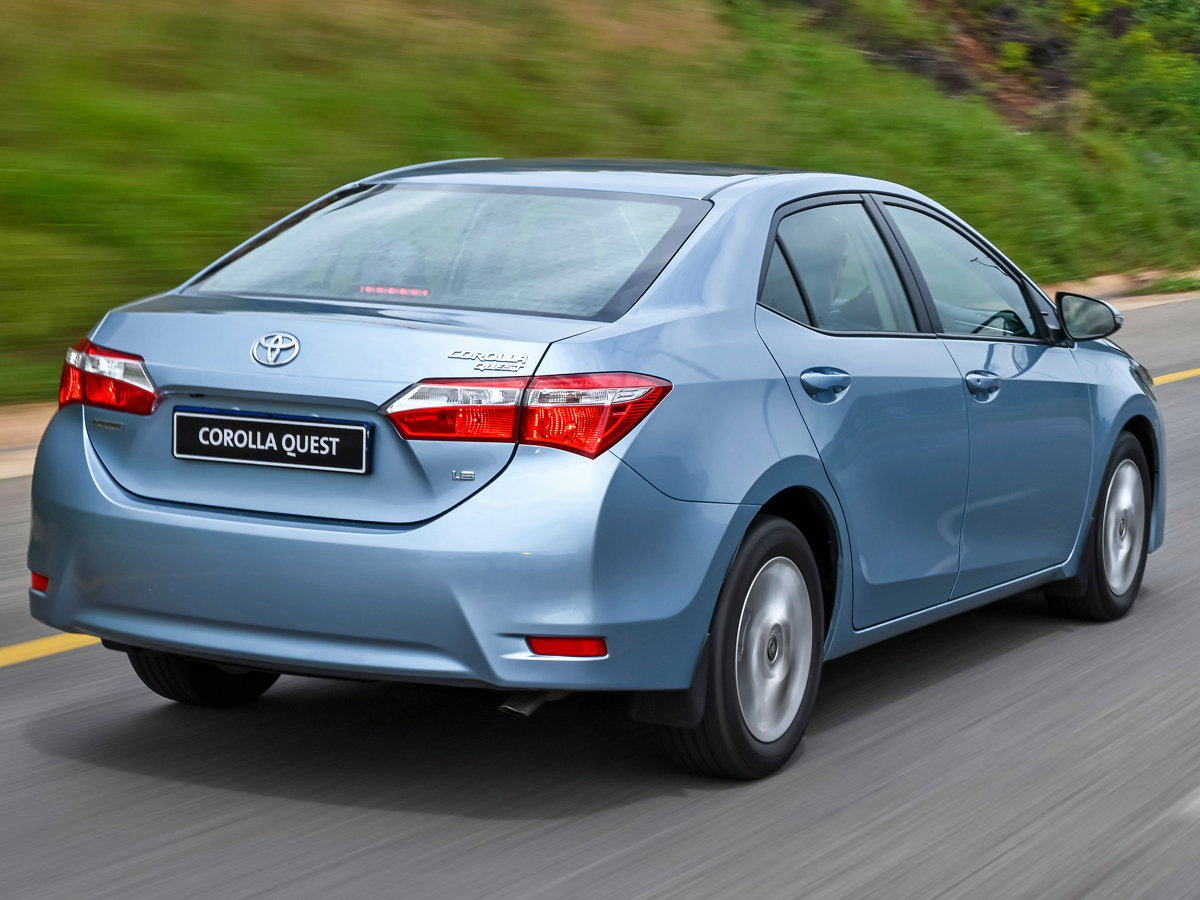
Comfortable and spacious: The Corolla Quest rode with a degree of sophistication that belied its attractive price point. Despite making do with a torsion-beam set-up at the rear, this sedan’s suspension system soaked up tarmac imperfections with aplomb. Rolling refinement levels were pleasingly high, too.
Moreover, there was plenty of space for passengers in the rear, while the generously sized luggage compartment could swallow a claimed 452 litres. However, note that the rear bench was fixed in place for all variants bar the range-topping Exclusive (which benefitted from a 60:40 split-folding function).
Safer than 1st-gen Quest: While the original Quest launched with only dual front airbags, the base version of the 2nd-gen model added a driver’s knee airbag, with Prestige and Exclusive derivatives furthermore scoring side airbags. The 2nd-gen version also came equipped with electronic stability control and hill-hold assist, safety features its predecessor did without.
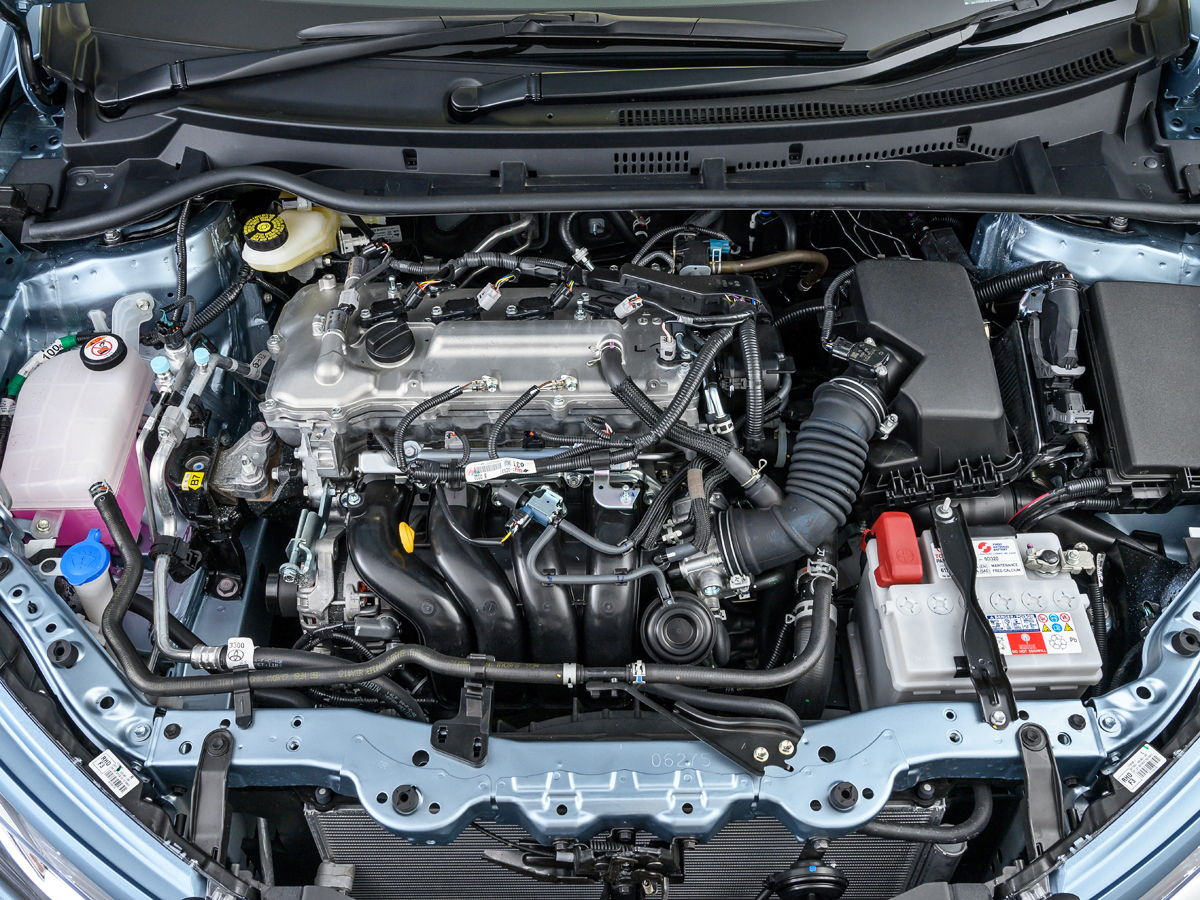
More powerful than forebear: Toyota dropped the original Quest’s naturally aspirated 1.6-litre petrol engine in favour of a likewise atmospheric 1.8-litre, 4-cylinder motor. The result was a useful increase in oomph, with peak outputs climbing to 103 kW and 173 Nm. Moreover, the maximum torque figure was available 1 200 rpm lower in the rev range, notably improving the driving experience.
For the record, the 6-speed manual gearbox featured a relatively positive shift action, while a continuously variable transmission (CVT) replaced the old 4-speed torque-converter automatic transmission. Despite the extra grunt, claimed fuel consumption improved to 6.3 L/100 km for the CVT-equipped derivatives and 7.0 L/100 km for the manual variants.
What are the Toyota Corolla Quest’s weaknesses?
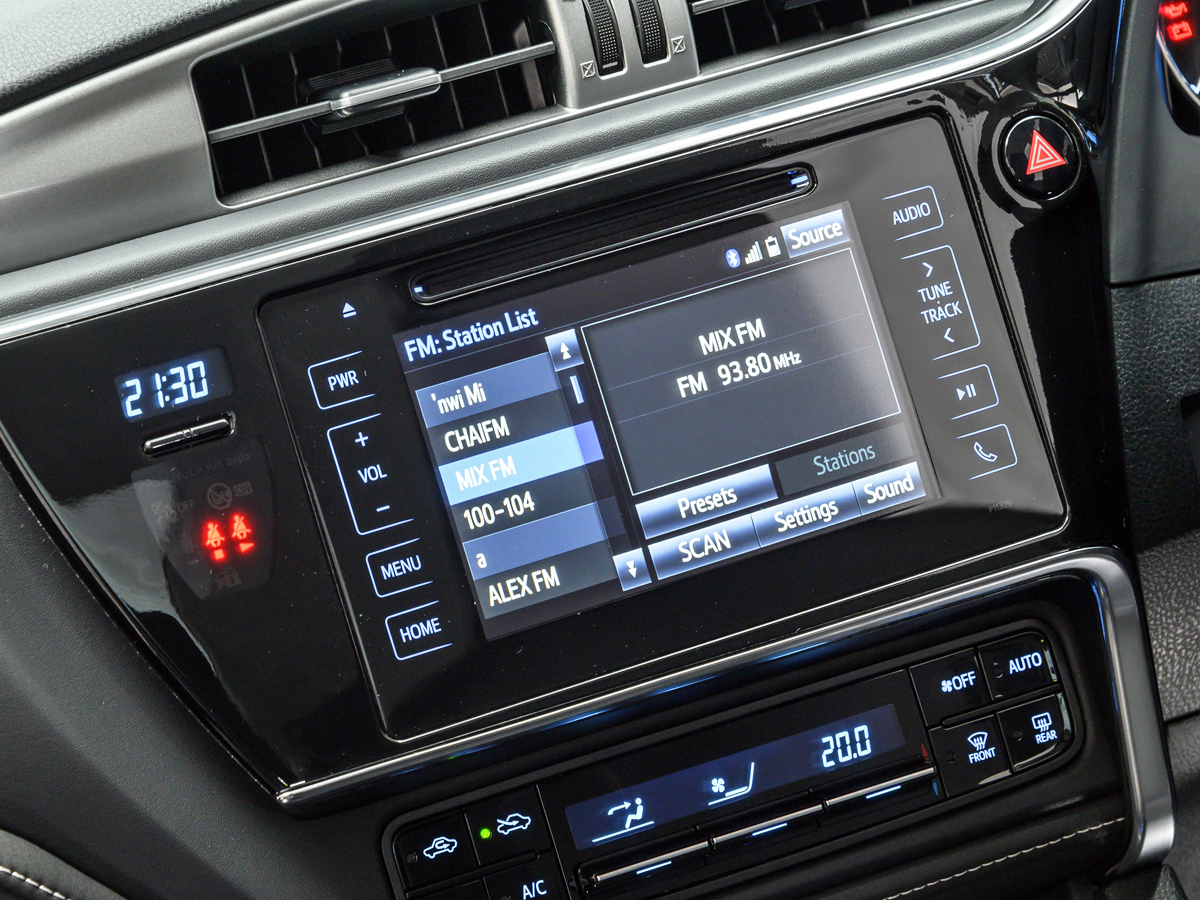
No volume knob: Somewhat surprisingly for a car brand as conservative as Toyota, the Corolla Quest’s infotainment system frustratingly did without a physical volume knob. Instead, in the case of the Prestige and Exclusive grades, the driver was expected to adjust the audio system’s volume using touch-sensitive controls on the left of the 7-inch touchscreen (or via the steering wheel’s multifunction buttons).
Even the base (later renamed “Plus”) variant featured touch-sensitive volume controls as part of its more basic infotainment set-up, though these were at least sited towards the right (i.e., the driver’s side) of the screen. In addition, keep in mind the Corolla Quest did not ship with Apple CarPlay and Android Auto.
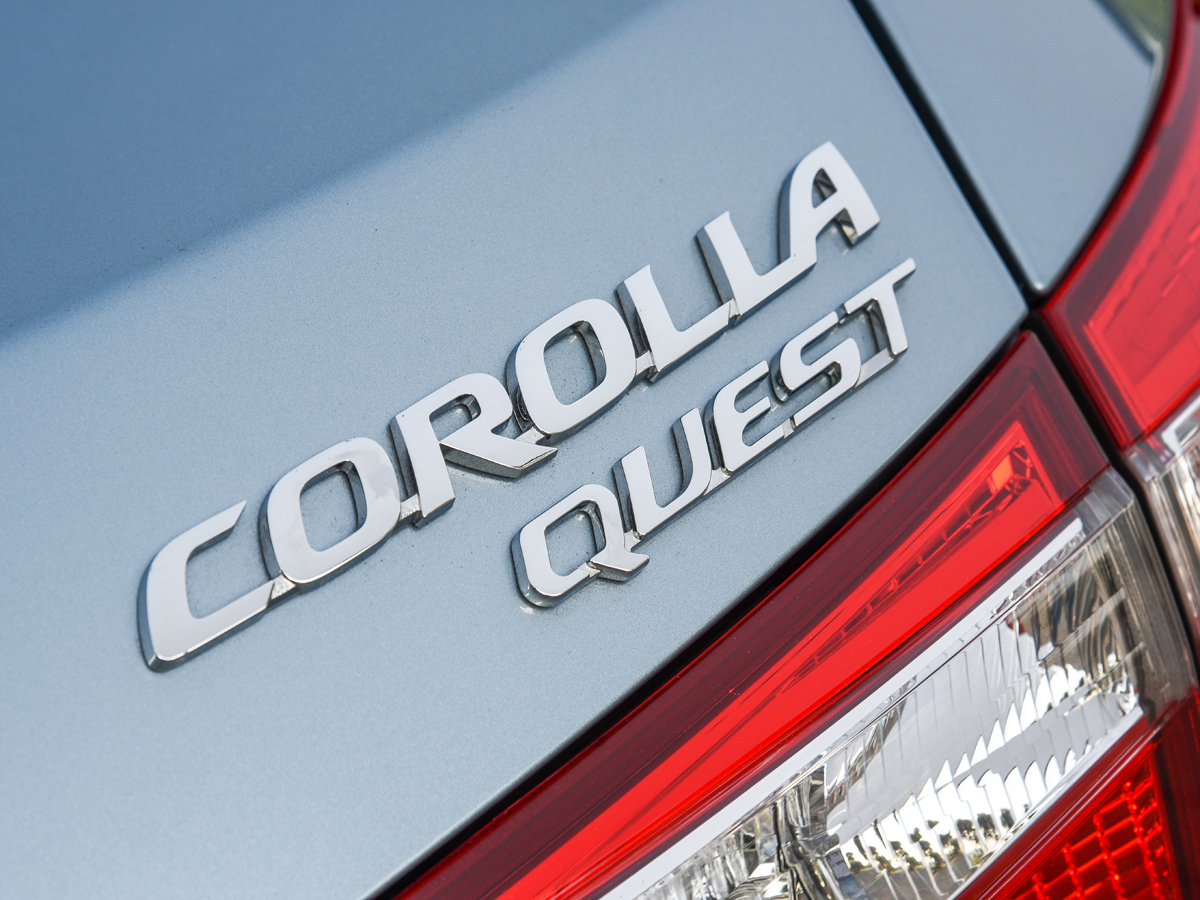
Minor cost-cutting measures: Though the Corolla Quest’s perceived build quality was solid, TSAM obviously implemented a few cost-cutting measures. For instance, rear passengers did without dedicated ventilation outlets (and map pockets), while the luggage compartment was lined with a cheap-feeling material and featured a relatively flimsy boot board.
In addition, the Corolla Quest shared not only its paint colours with the likewise locally made Hilux and Fortuner, but also borrowed its headliner material and seat fabric from these ladder-frame models.
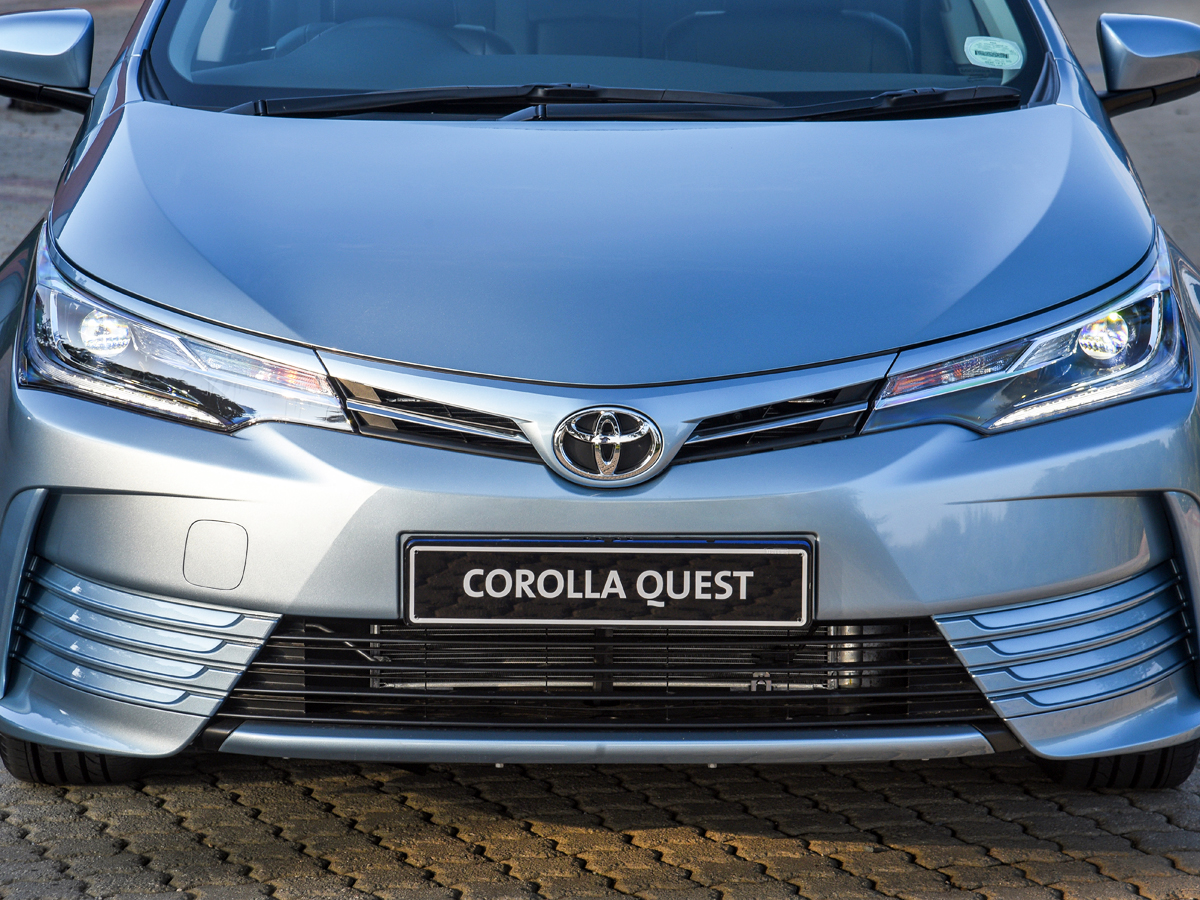
Prone to speed-bump grazes: The Toyota Corolla Quest’s ground clearance was listed as 125 mm, but the vehicle’s chin had a nasty habit of touching tarmac when its driver attempted to traverse speed bumps. So, when shopping for a used Quest, make sure to closely inspect the lower edge of the front bumper for any significant damage.
See also: Toyota Corolla Quest 1.8 Exclusive Auto (2020) Review
How much is a used Toyota Corolla Quest in SA?
The 2nd-gen Corolla Quest shipped standard with a 3-year/100 000 km warranty and a 3-service/45 000 km service plan (with intervals of 15 000 km). Dealer-fitted accessories included headlamp guards, roof racks and a detachable tow bar (for the record, braked towing capacity was listed as 1 300 kg).
Of the 2nd-gen Toyota Corolla Quest listings on Cars.co.za at the time of writing, some 58% featured a manual gearbox. Interestingly, 2023 was the dominant model year, accounting for nearly half of all examples, while the flagship Exclusive grade represented just 6% of listings. Mileage ranged from virtually zero through to 251 000 km, with the latter achieved by a 2022 1.8 Plus.
- Below R250 000: A considerable 43% of listed 2nd-gen Corolla Quest units were priced below R250 000, though most were positioned above R200 000. Towards the top end of this bracket, we found several examples with well under 50 000 km on their respective odometers. Around 2 thirds of units here featured the base “Plus” trim level.
- R250 000 to R300 000: This narrow pricing bracket housed approximately 46% of listed derivatives. All 6 model years were represented here, though 2023 was again easily the most prevalent. We also discovered several 2024 examples in this sub-R300 000 space, the majority predictably showing low mileage.
- R300 000 and up: The final 11% of listings came in above R300 000, with most from the final 2 model years. More than half of the examples here featured the mid-tier Prestige grade. The most expensive model we unearthed was a 2025 1.8 Prestige CVT listed for R387 900. For the record, the Quest’s pricing when discontinued from SA’s new-vehicle market ran from R336 000 to R414 800.
Which Toyota Corolla Quest variant should I buy?
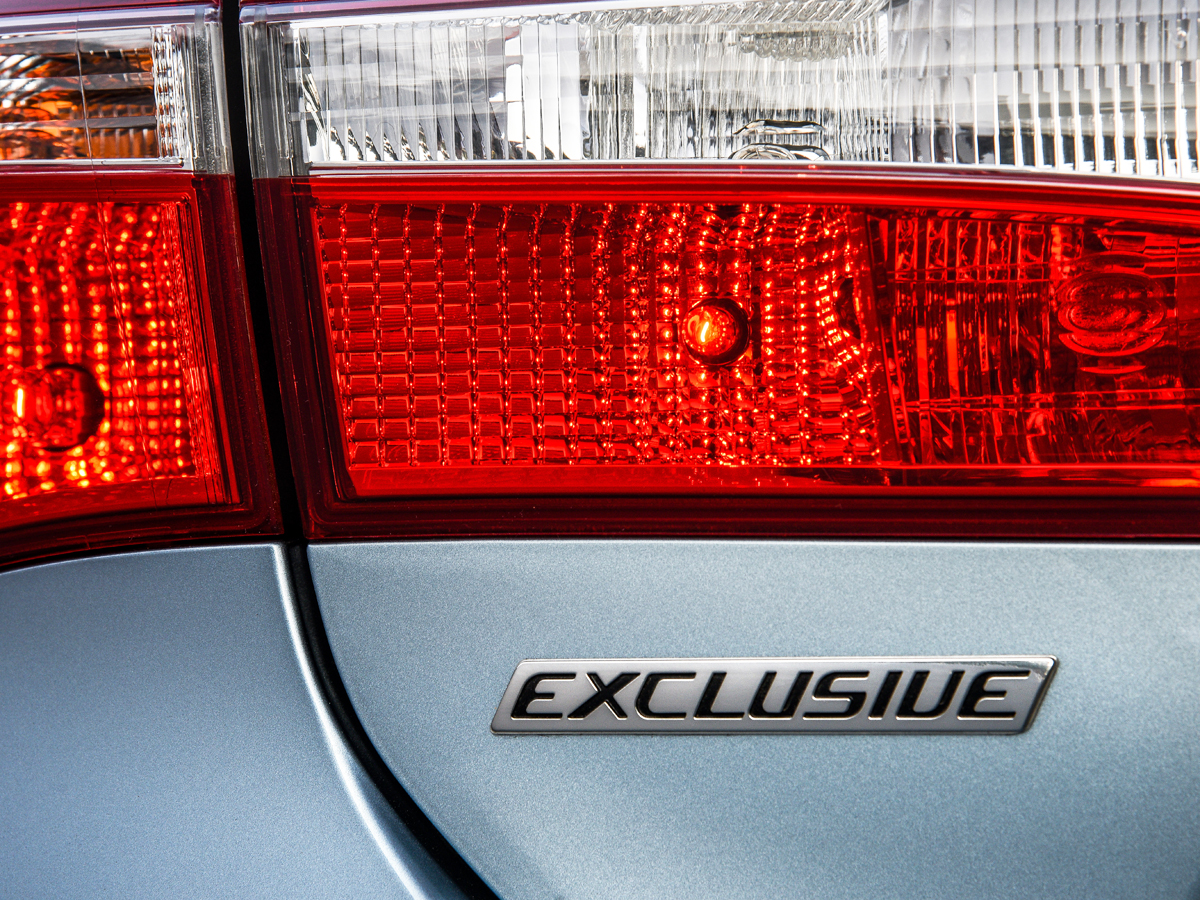
So, which Quest is the best? Well, since there was just a single engine on offer, you need only decide on transmission when pondering the powertrain. Though we generally prefer a slick manual gearbox to a CVT, we’d nevertheless argue the latter better suits most use cases for this type of vehicle (while offering fuel savings and added convenience in traffic, too).
What about the trio of trim levels available? Keep in mind the entry-level derivative (initially unnamed then dubbed “Plus”) was largely aimed at fleet buyers, so featured a matte-black grille and bumper trim along with steelies and a shorter list of standard kit. Though this is seemingly the most prevalent grade on the used market today, we’d instead point to the mid-tier Prestige as the best value.
Of course, should your budget stretch to the top-spec Exclusive, you’d benefit from some tasty extra equipment. This trim level, however, is notably harder to come by on the used market.
Is the Toyota Corolla Quest a smart used purchase?
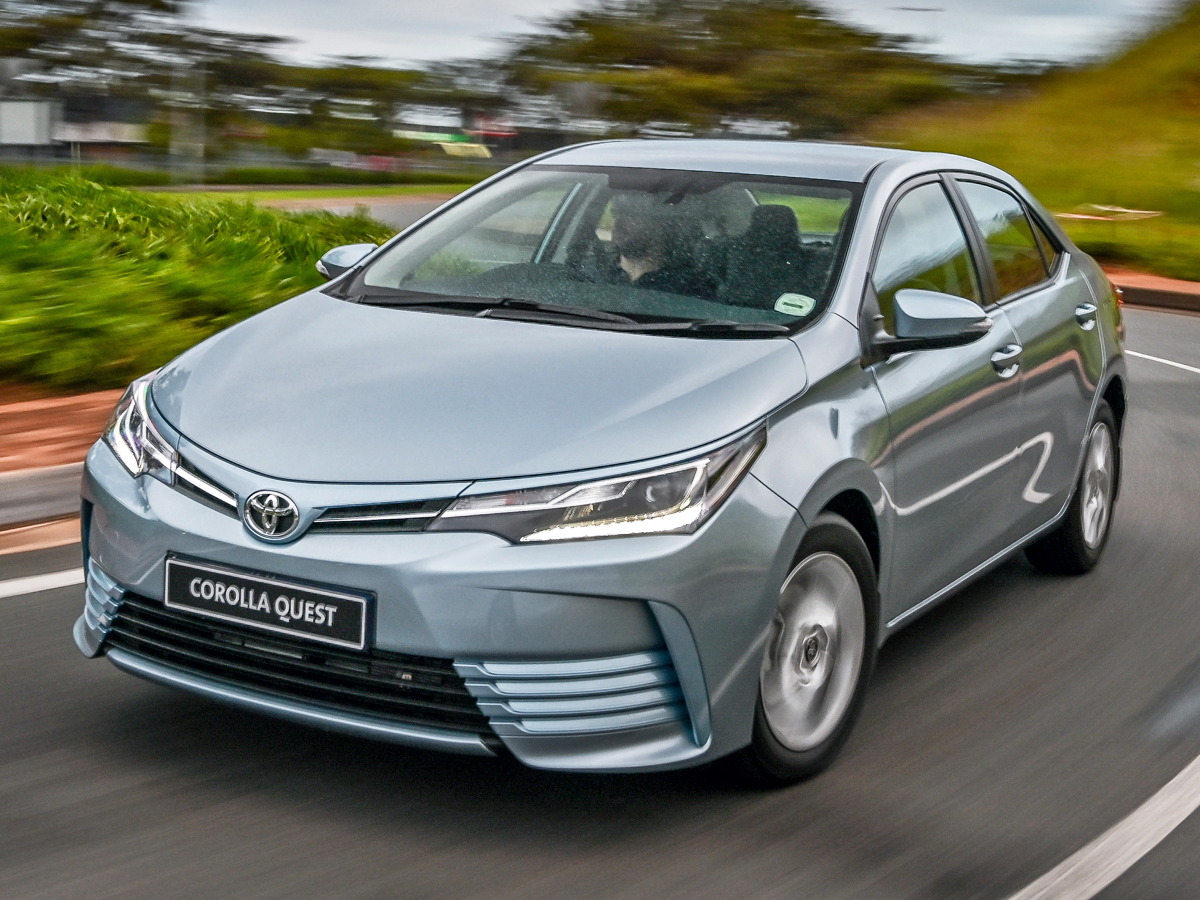
During its circa-5-year run on the local market, the 2nd-gen Corolla Quest squared up against a few key rivals. In pure volume terms, only the Indian-built Volkswagen Polo Sedan offered any real semblance of competition, eventually outselling its Prospecton-built rival in 2024.
That said, the 3rd-gen Nissan Almera also built a loyal following, though this long-serving budget sedan was discontinued towards the middle of 2023. The Suzuki Ciaz was another solid offering (with a particularly spacious rear bench), but it too is expected to be discontinued towards the end of 2025.
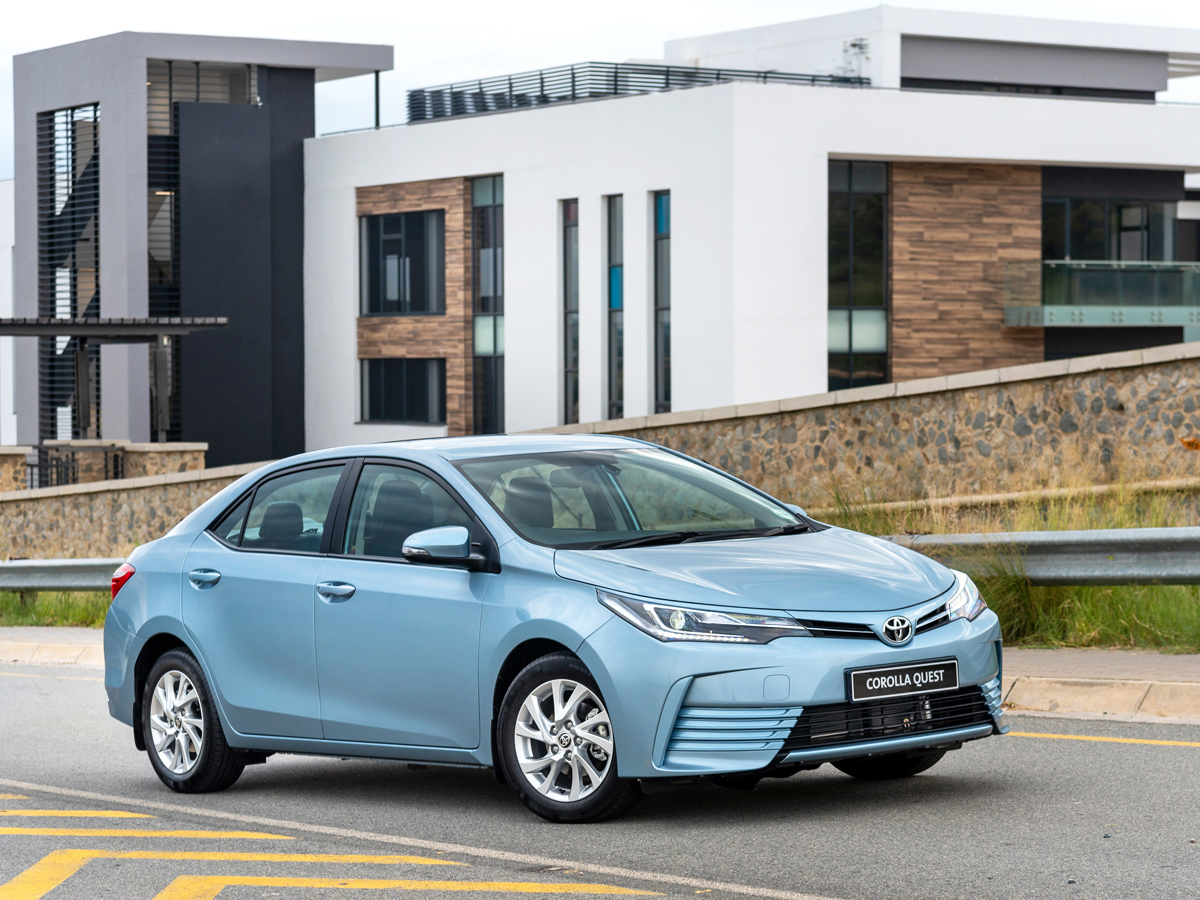
Other budget sedan contenders of the era included the GN-series Honda Ballade and the seldom-spotted Fiat Tipo Sedan. The 3-box Tipo (as well as its hatchback sibling) was axed in South Africa at some point in 2024, seeing the segment shrink further still.
Ultimately, however, the local market clearly favoured the KZN-built Toyota Corolla Quest. Like the prolonged-lifecycle model that preceded it, the 2nd-gen Quest offered affordable, reliable transport courtesy of well-proven underpinnings. While there was no denying this SA special lacked pizzazz, it certainly represented terrific value for money. It’s a pity the Quest had to end there…
Looking for a used Toyota Corolla Quest to buy?
Looking to sell your car? You can sell it to our dealer network here




